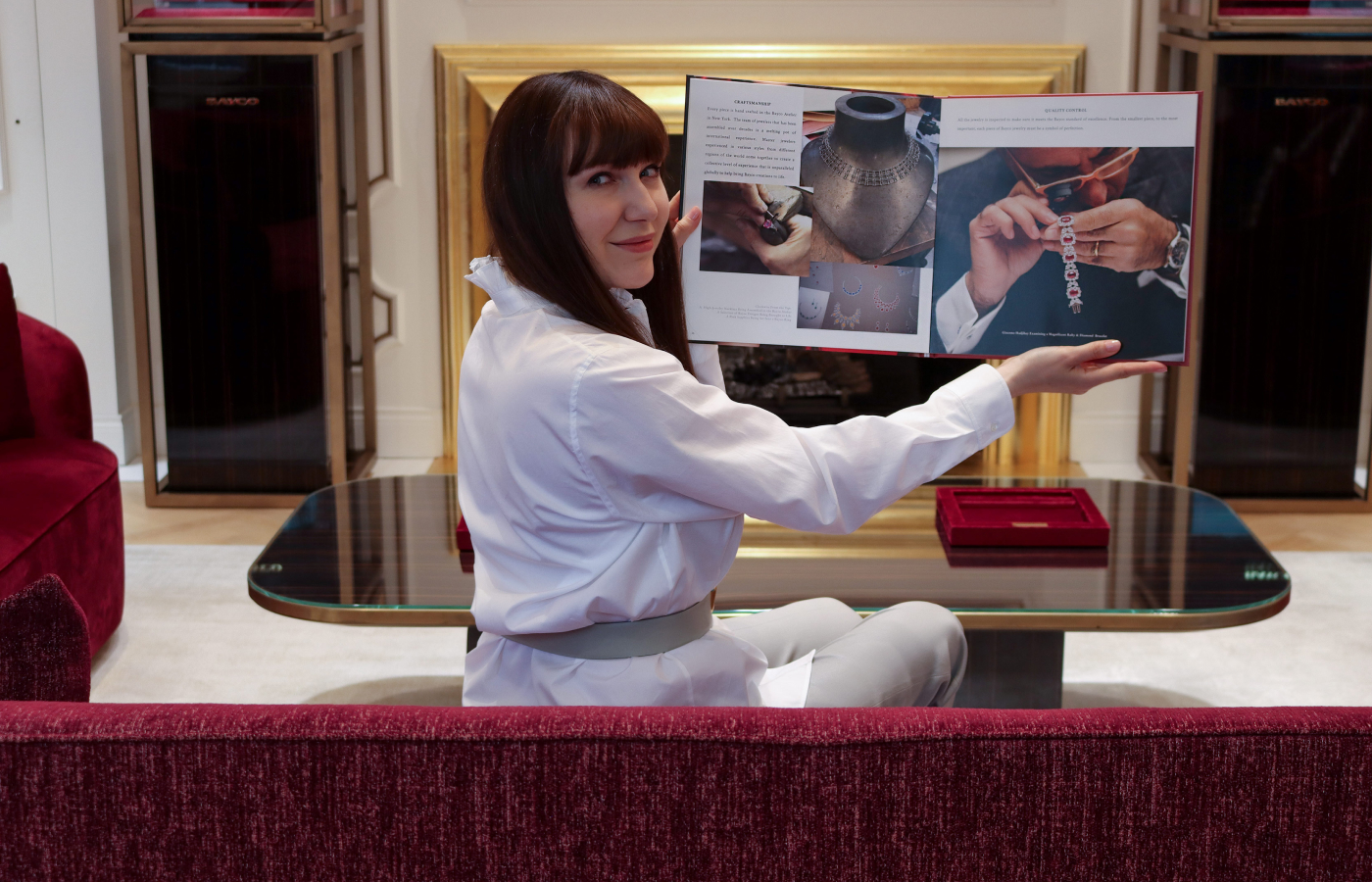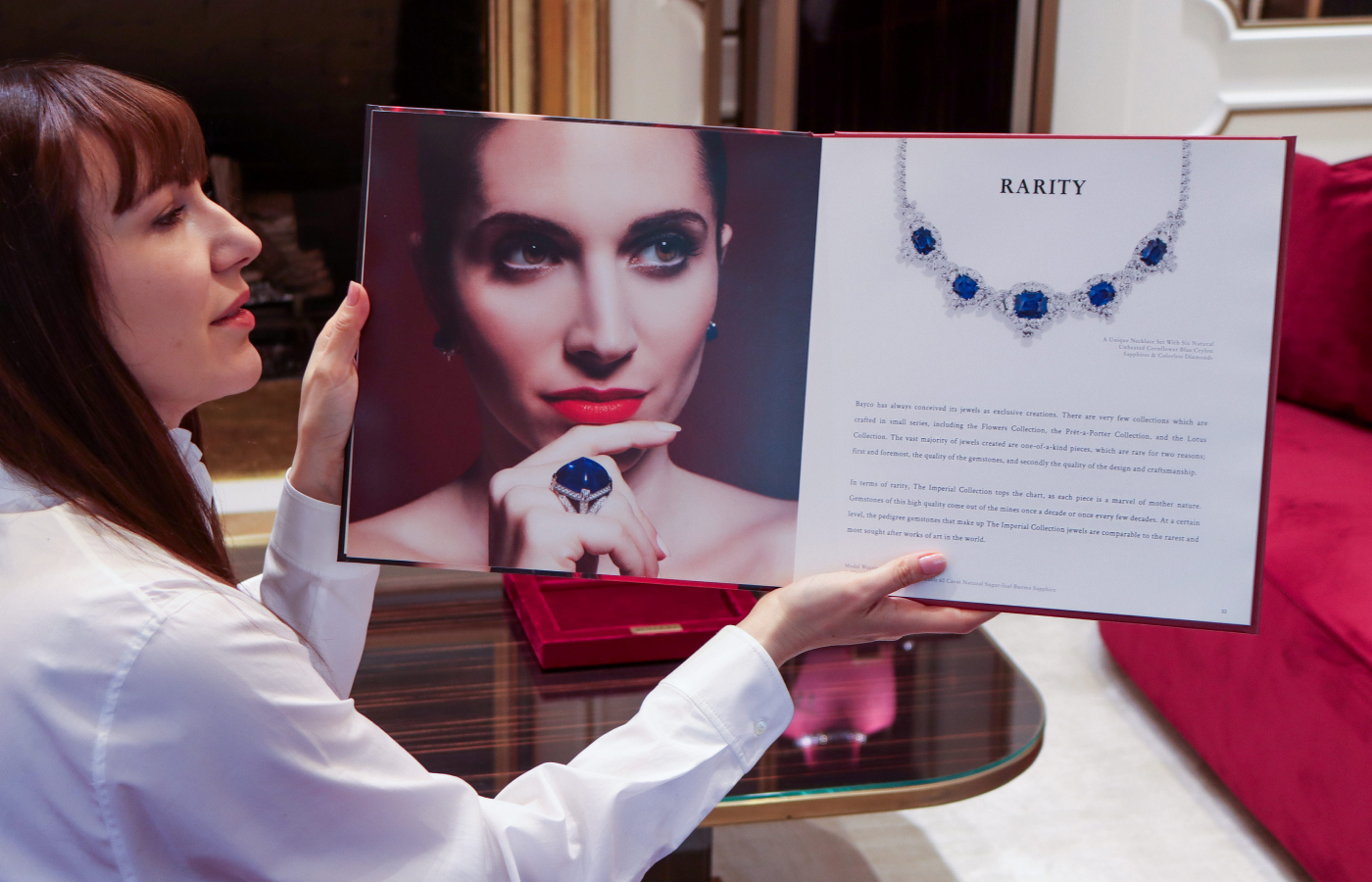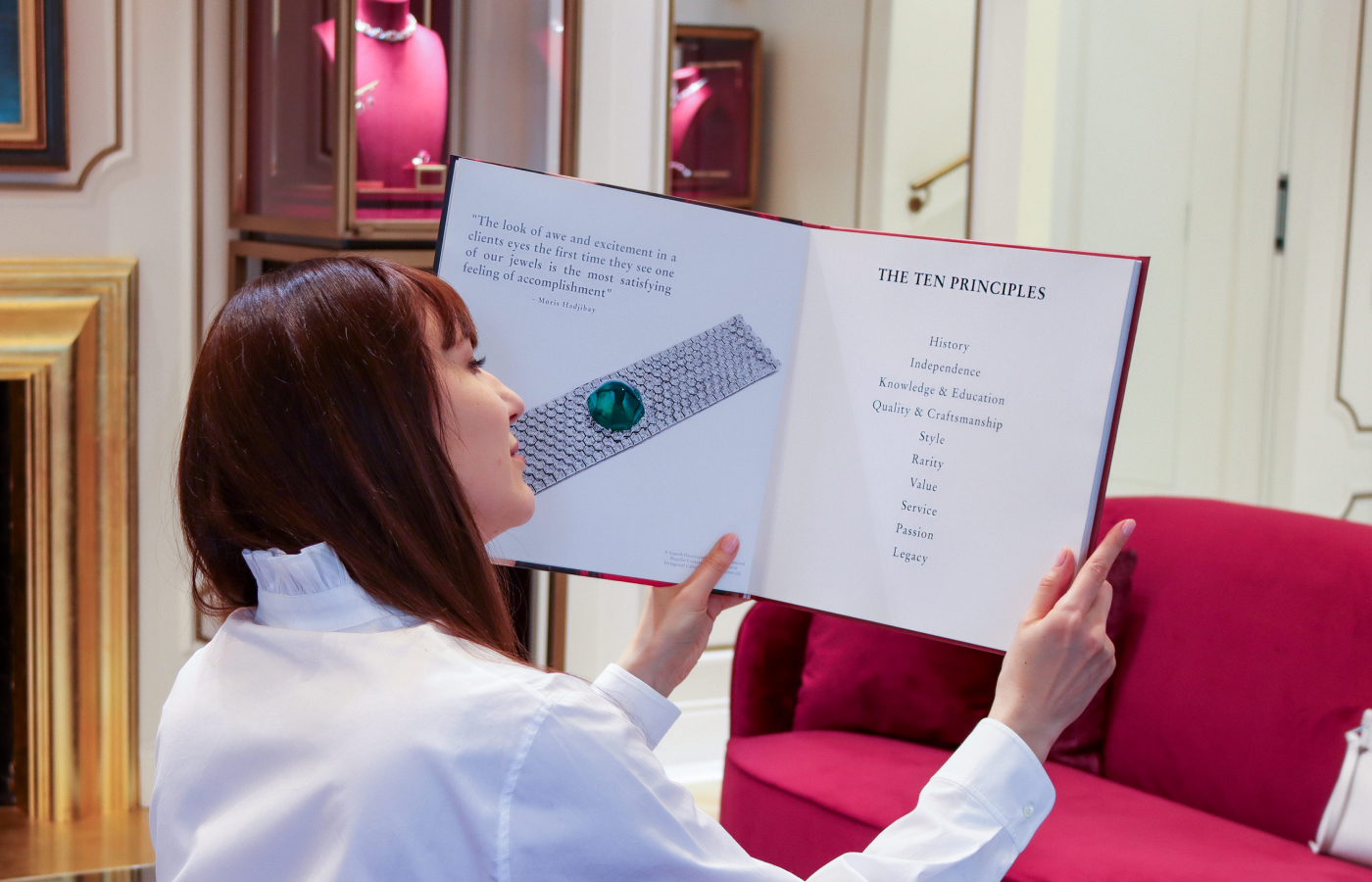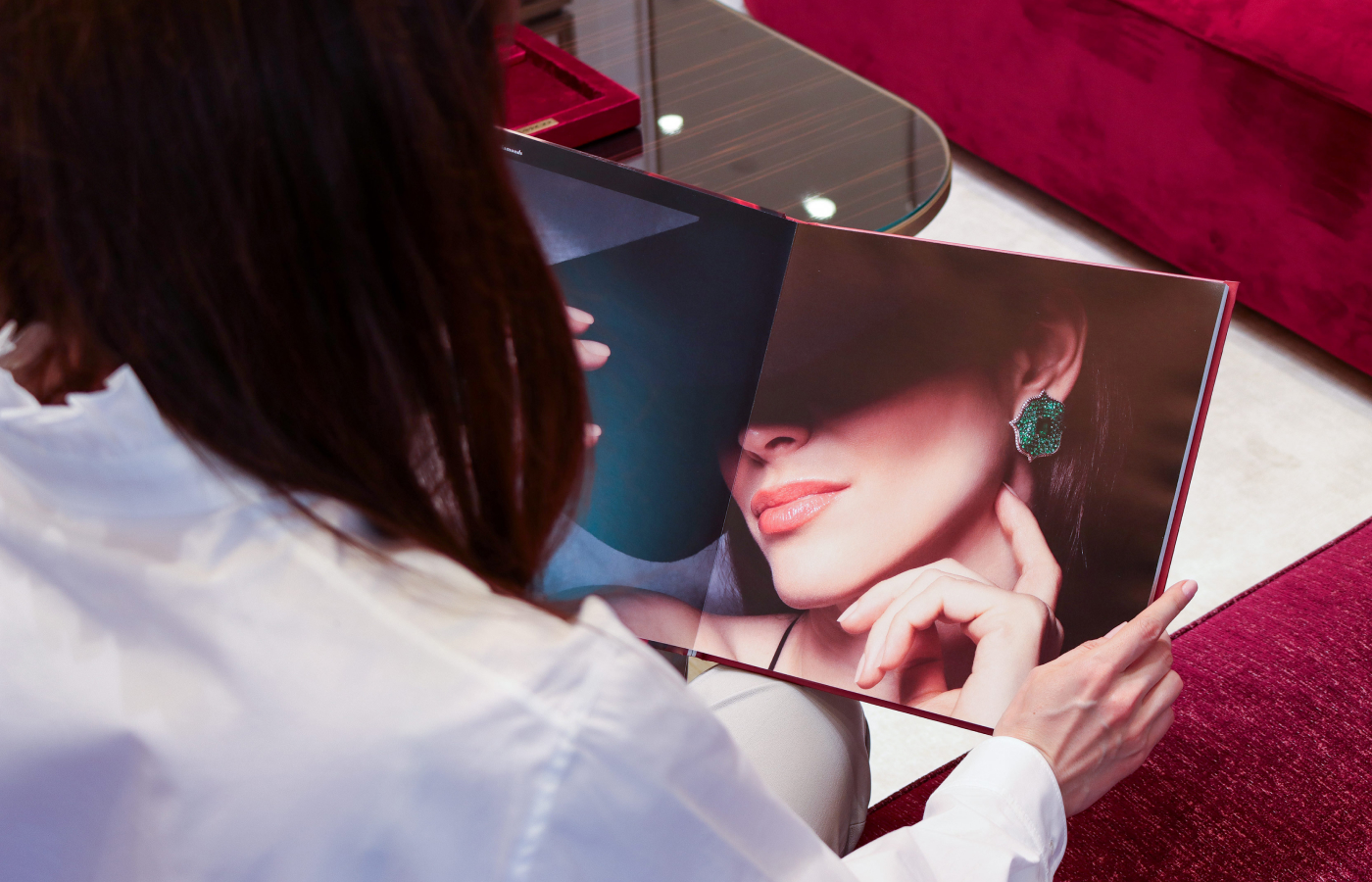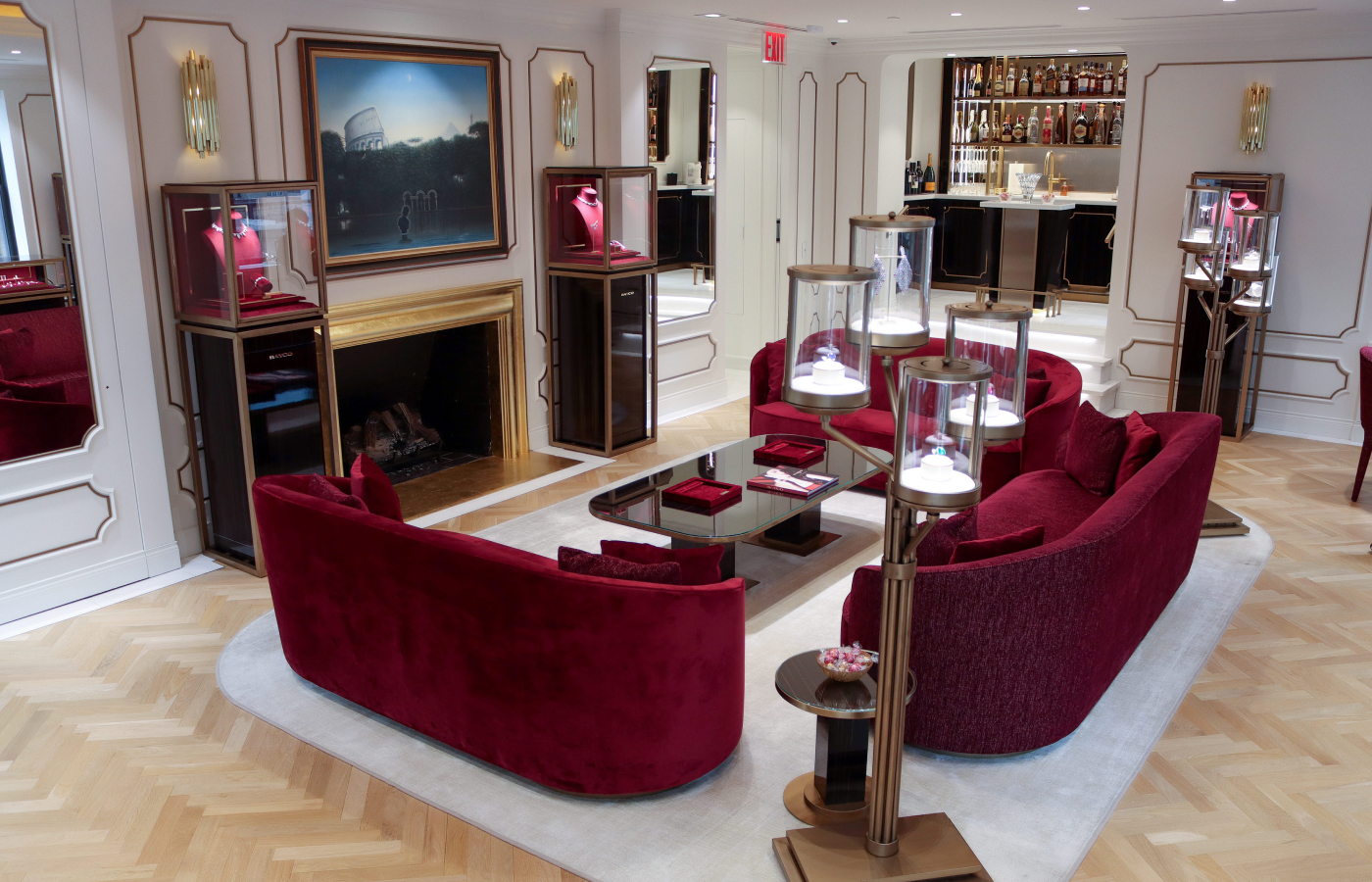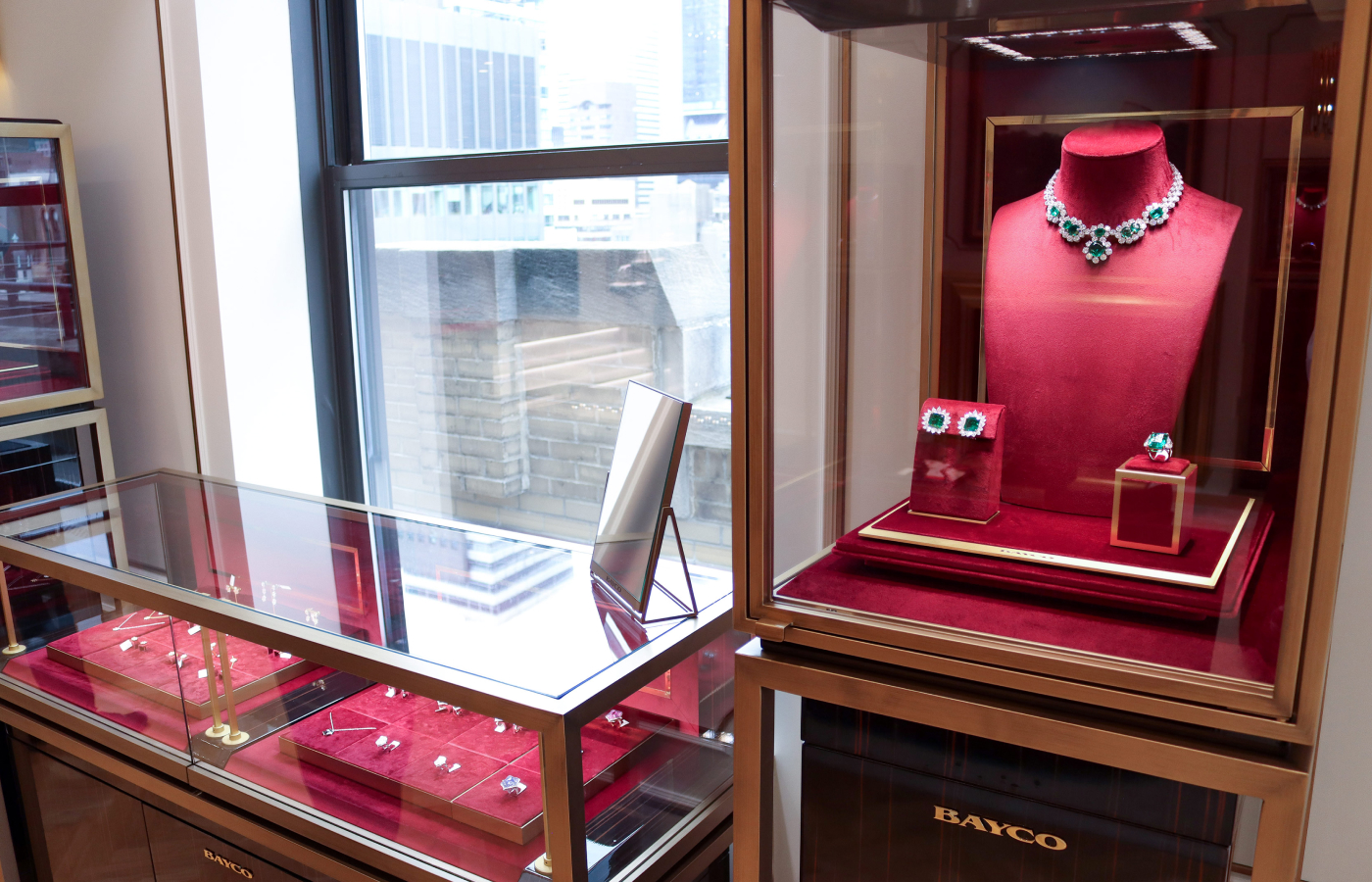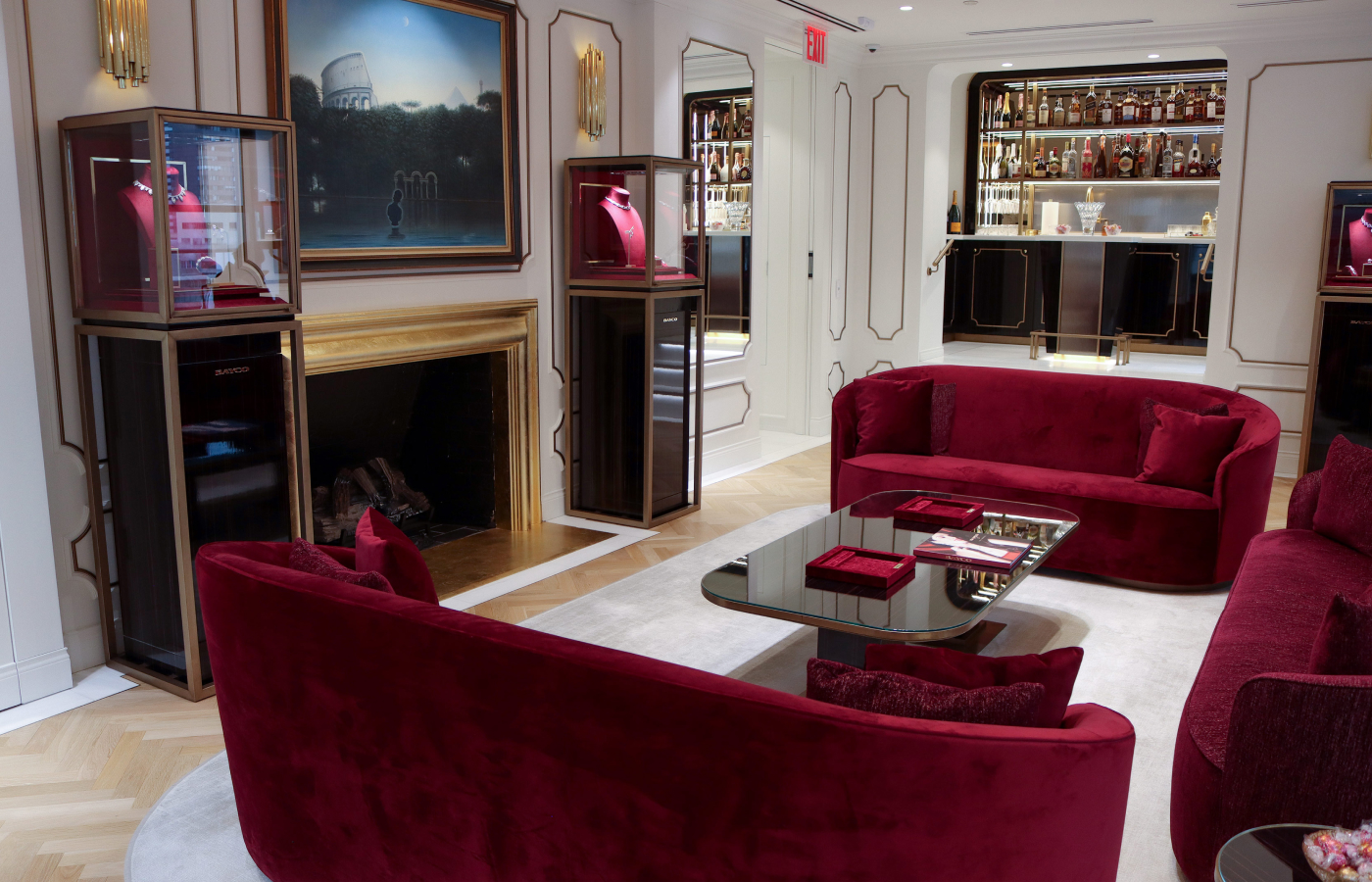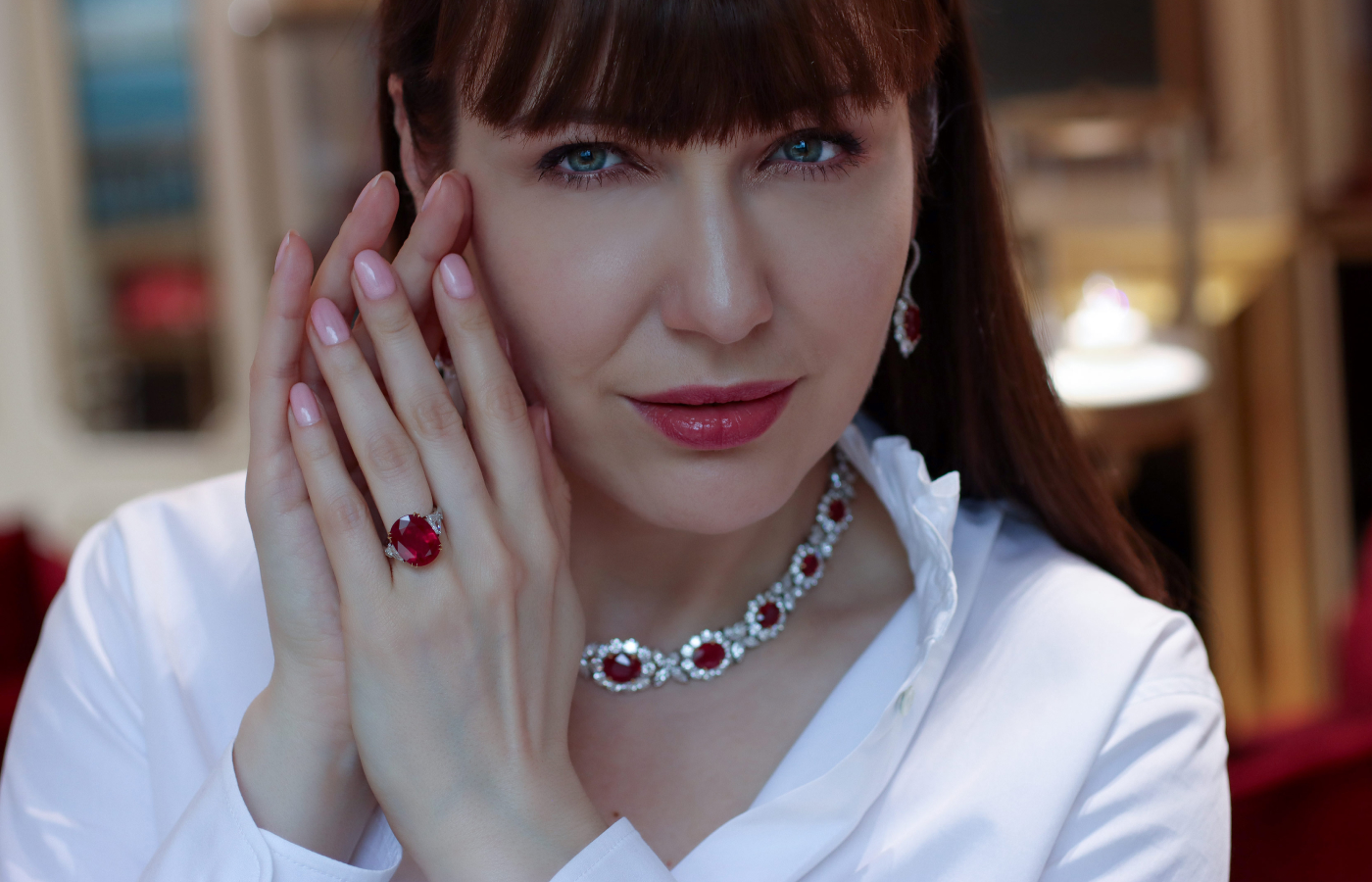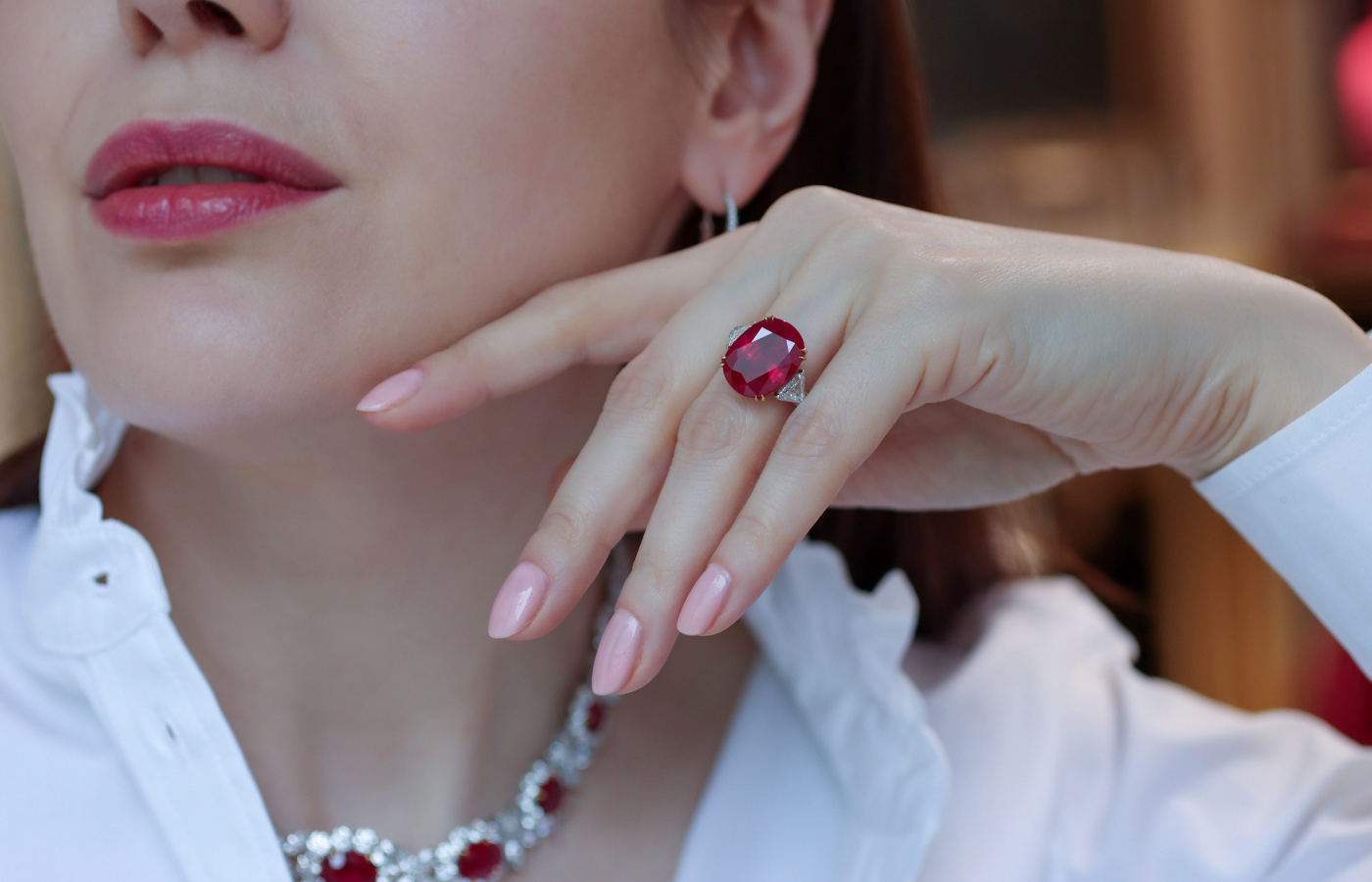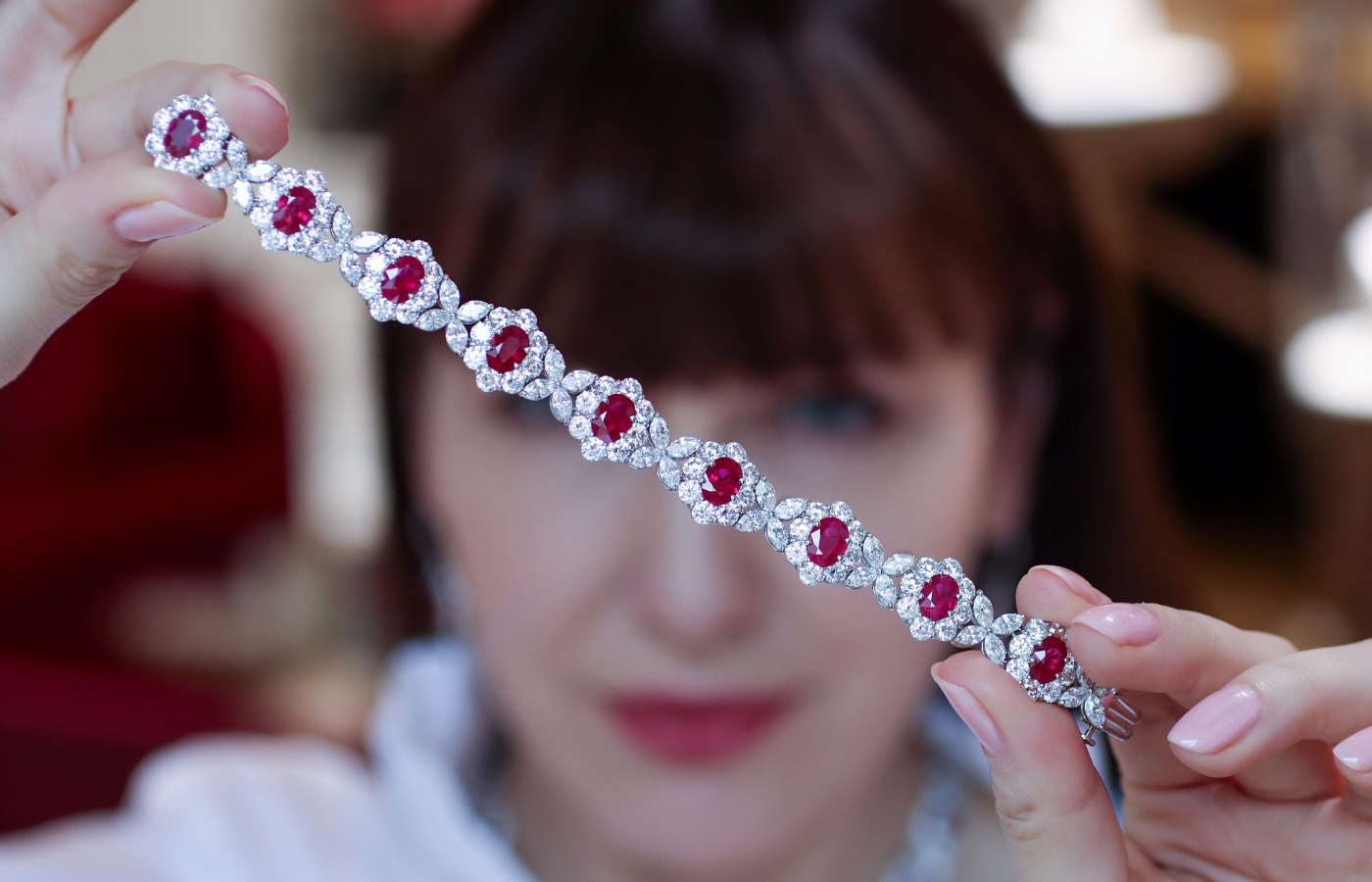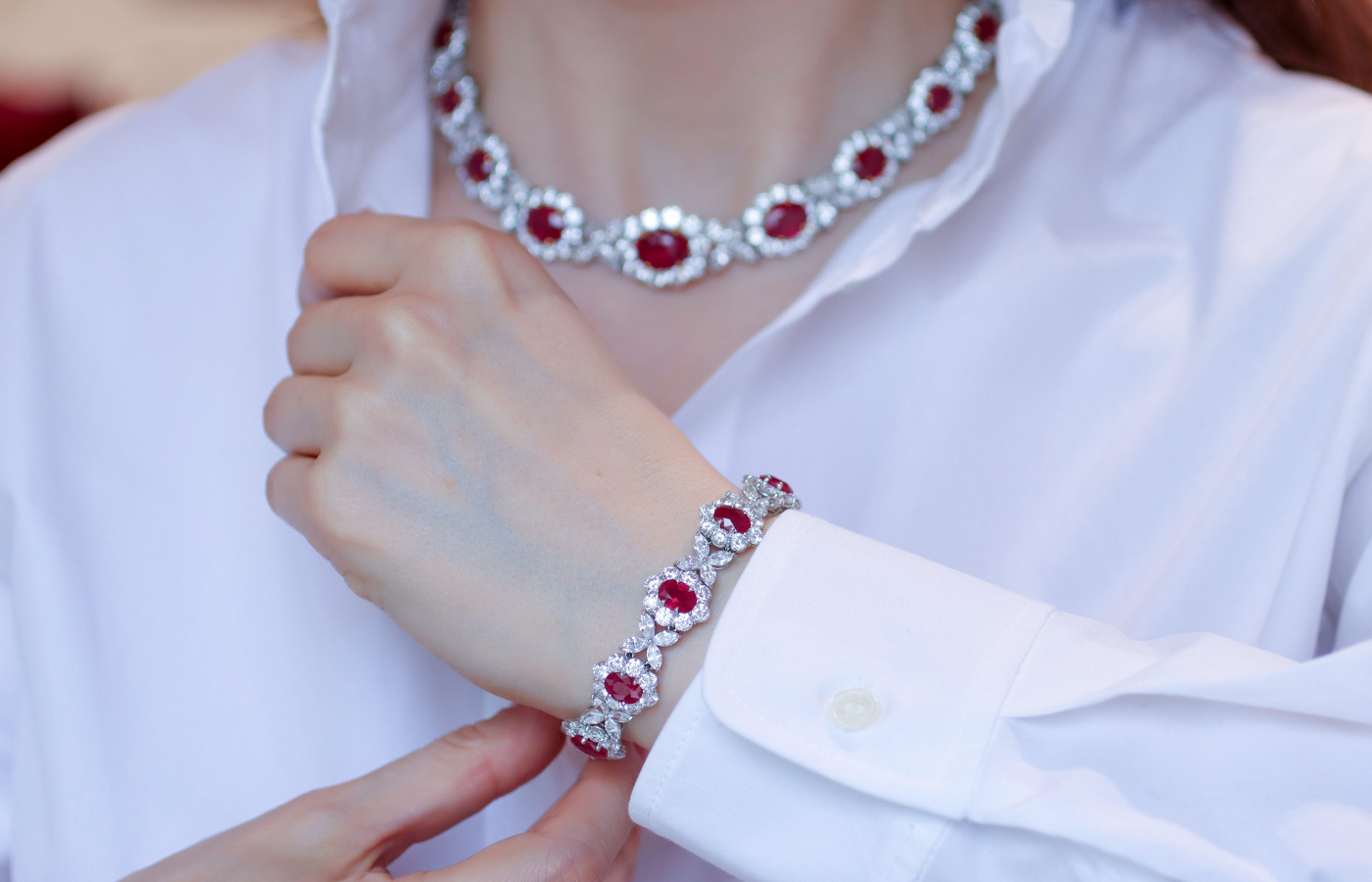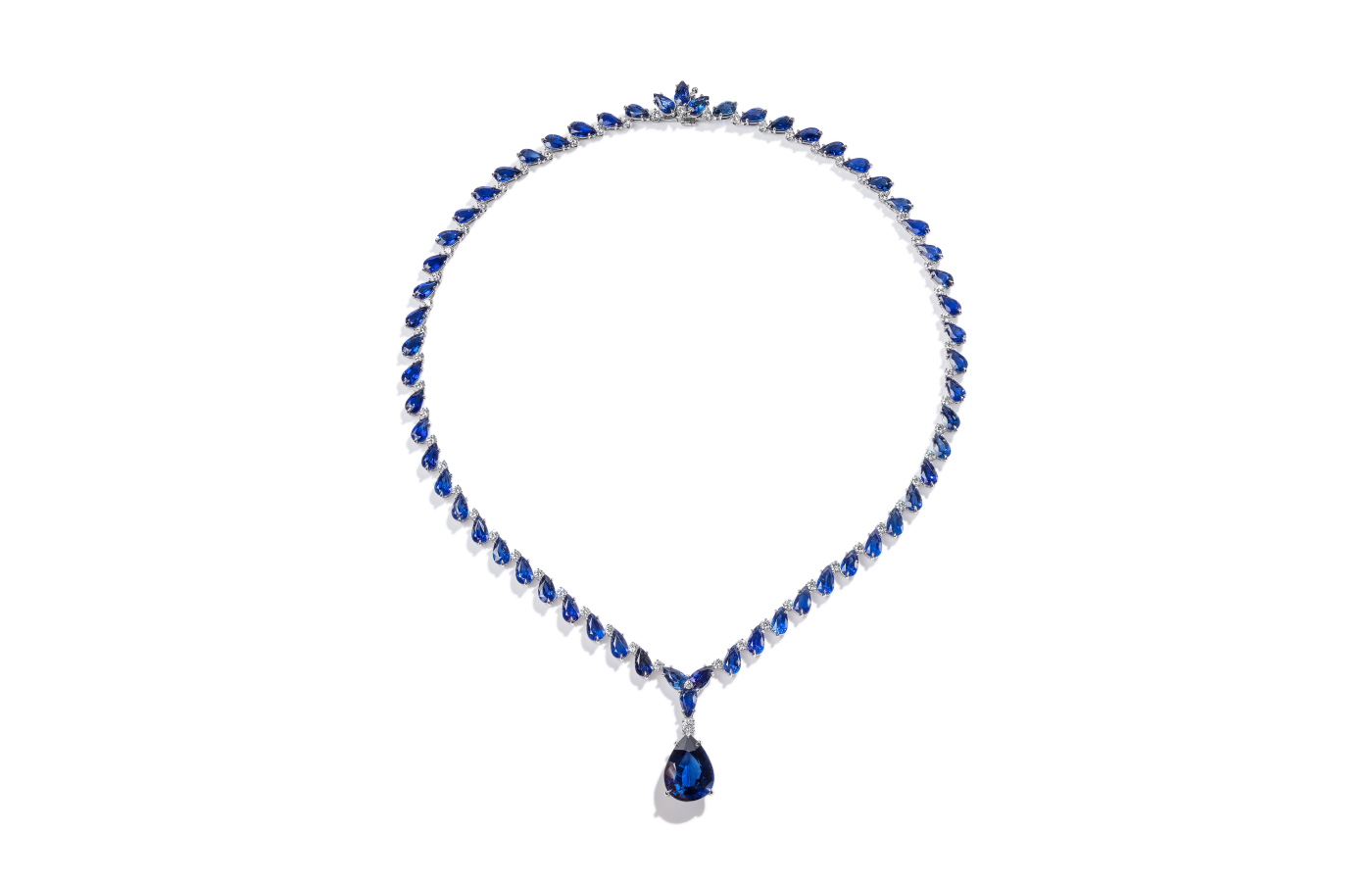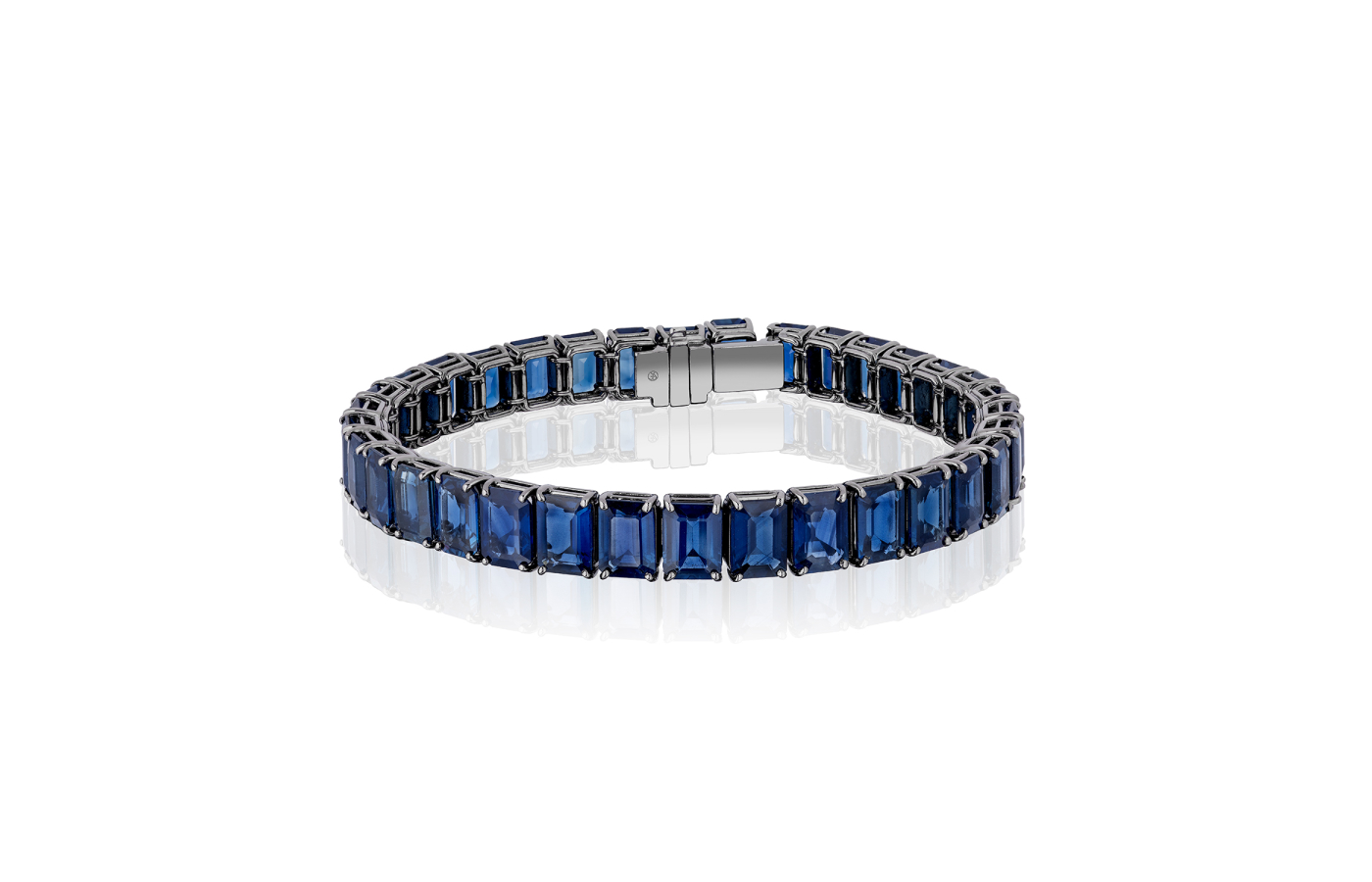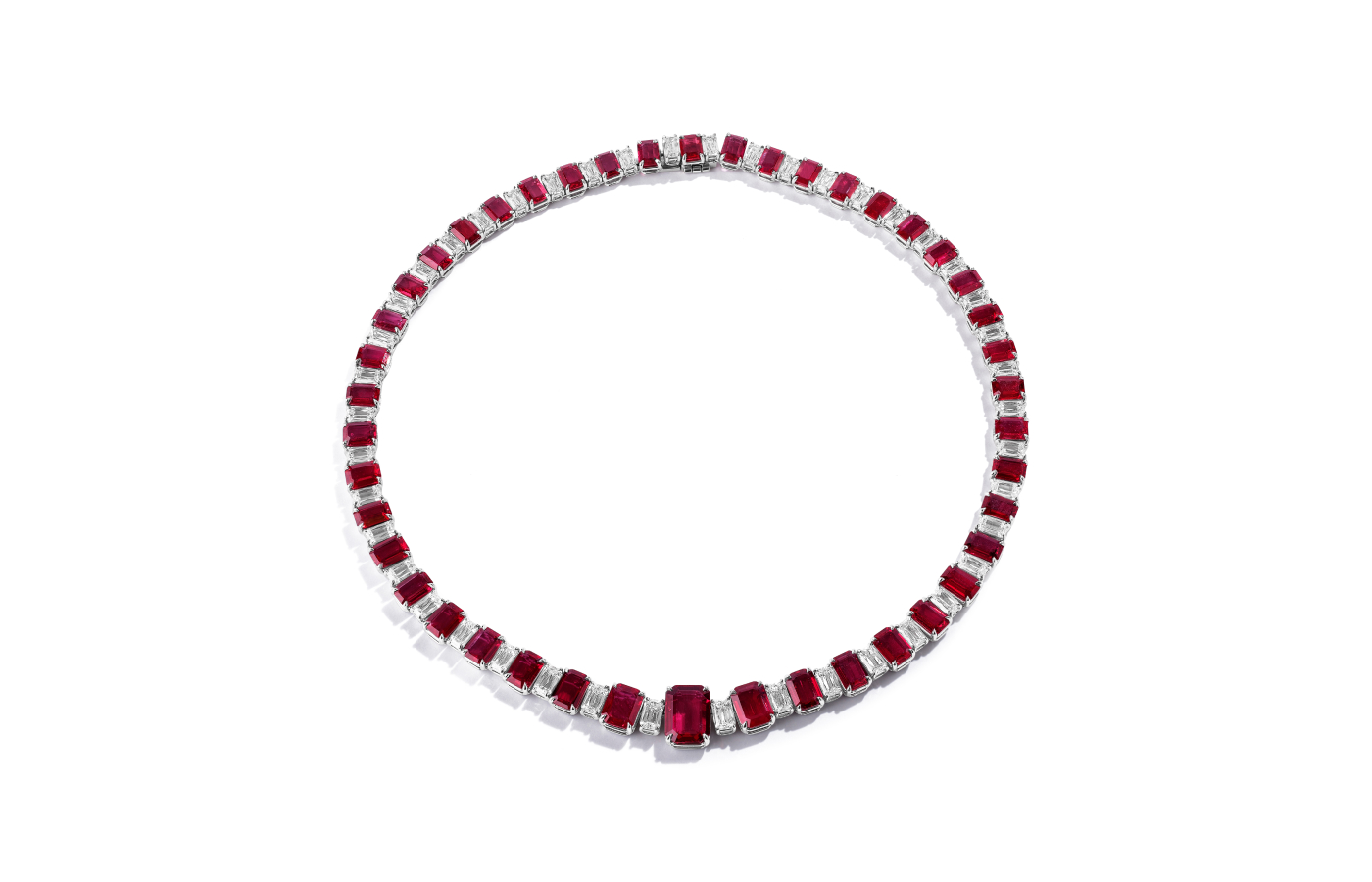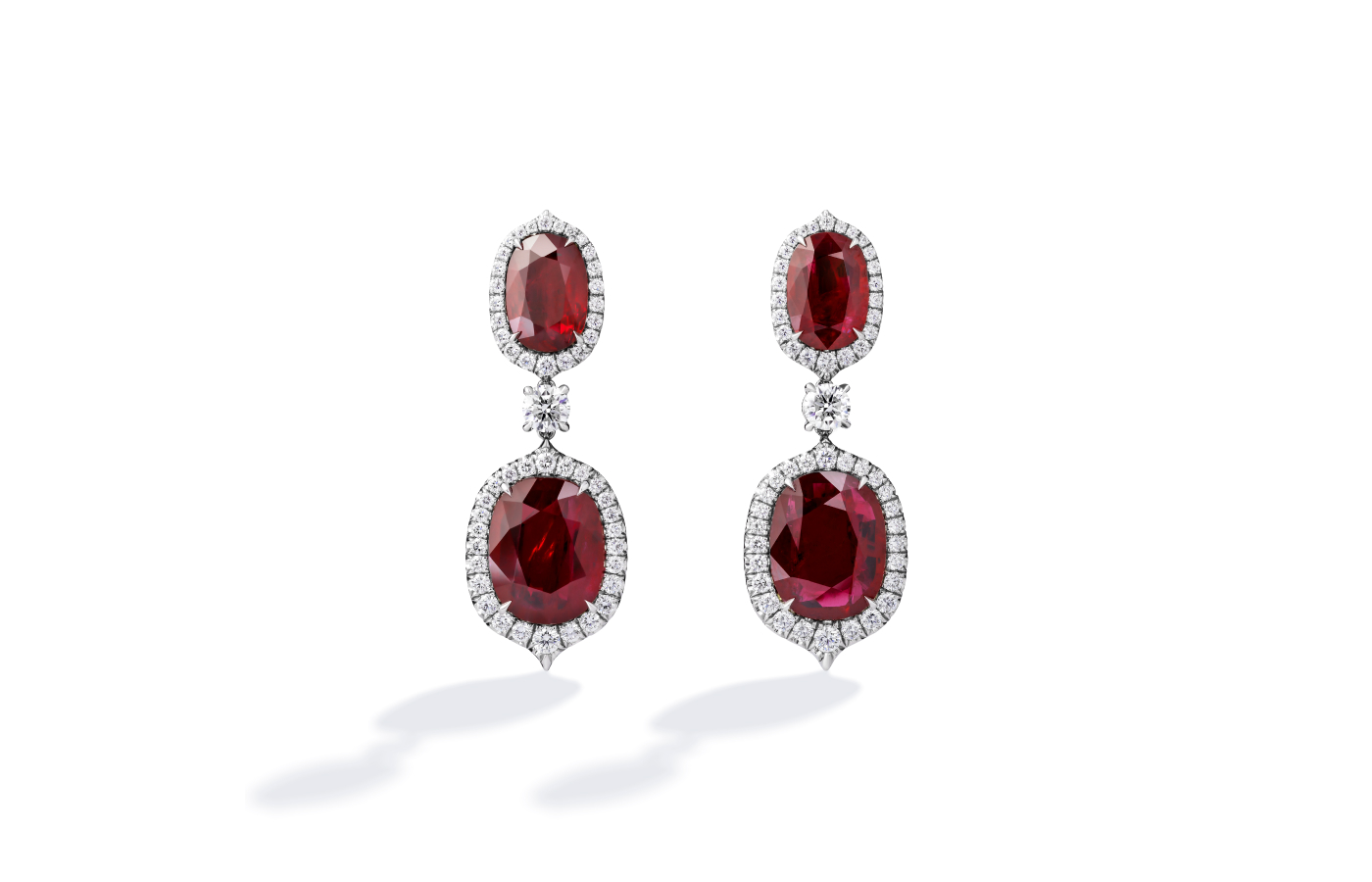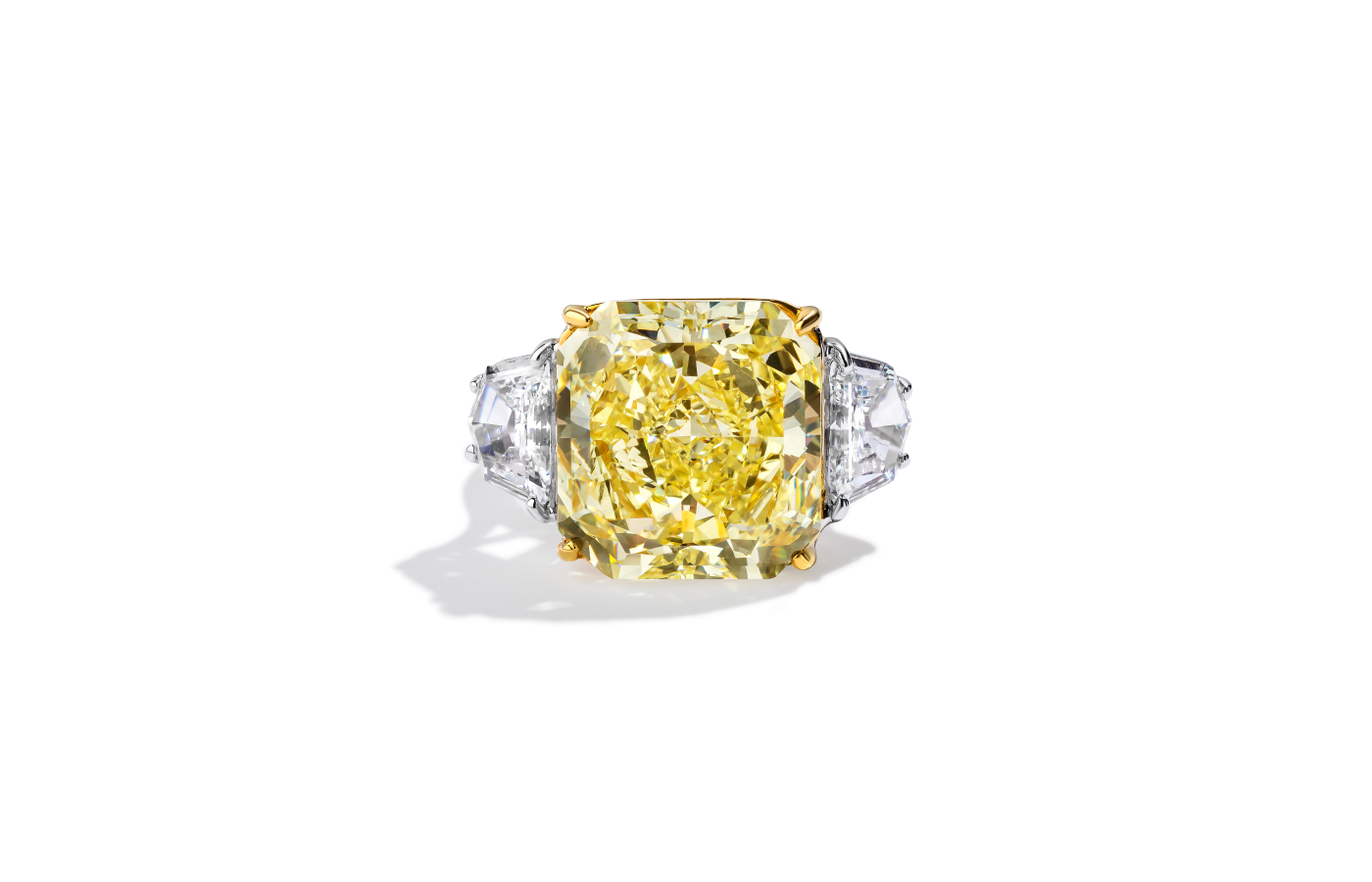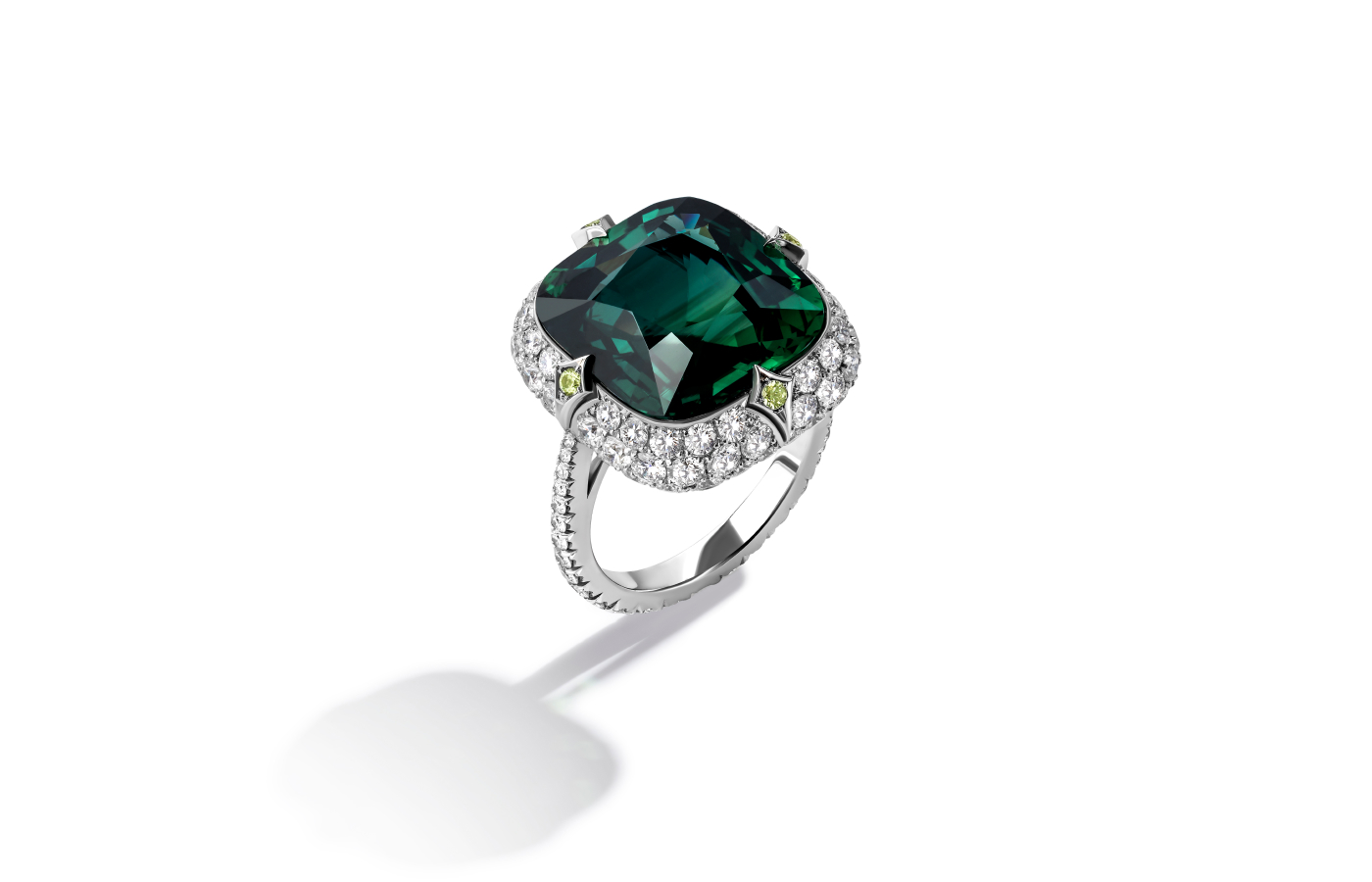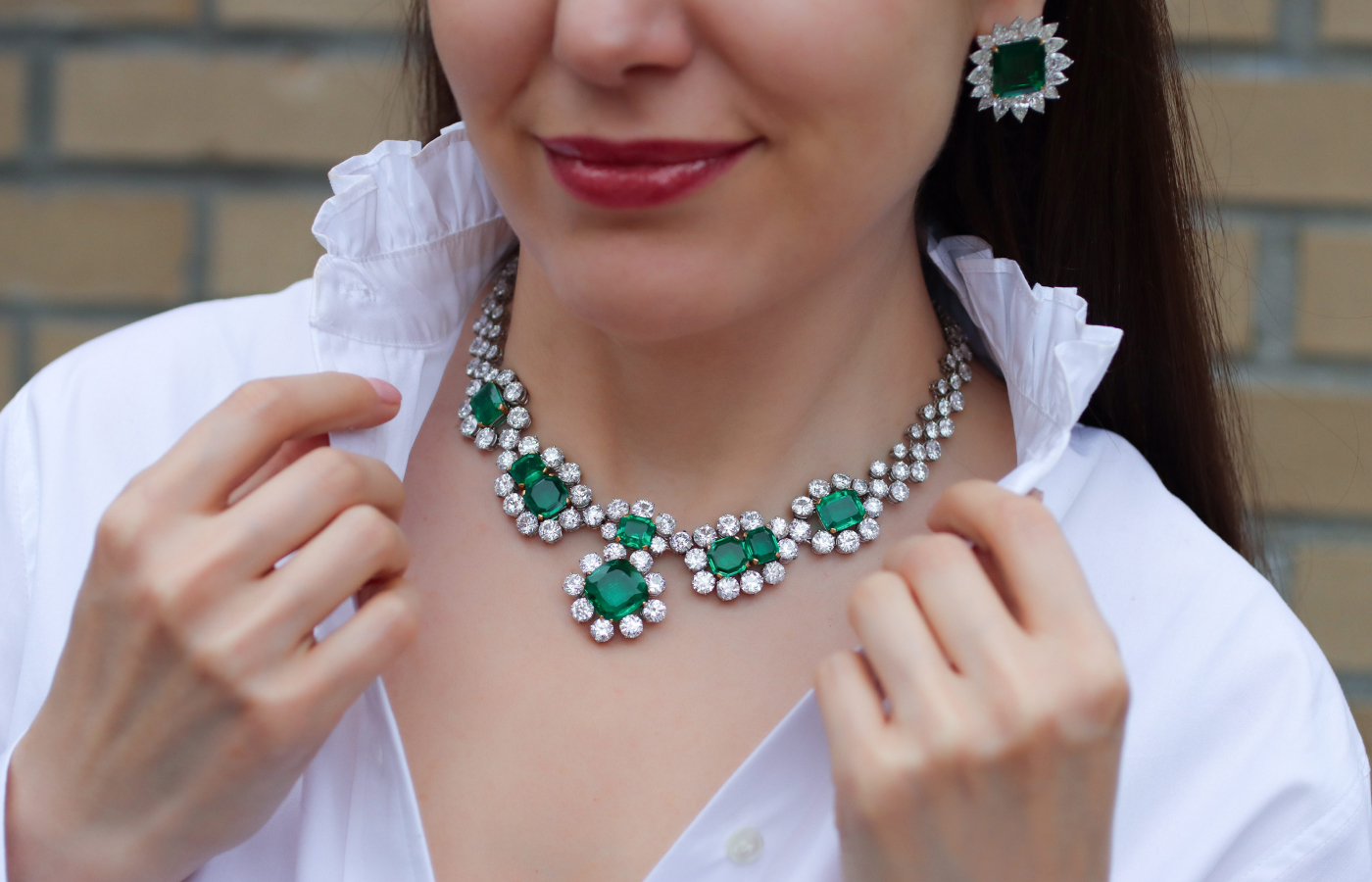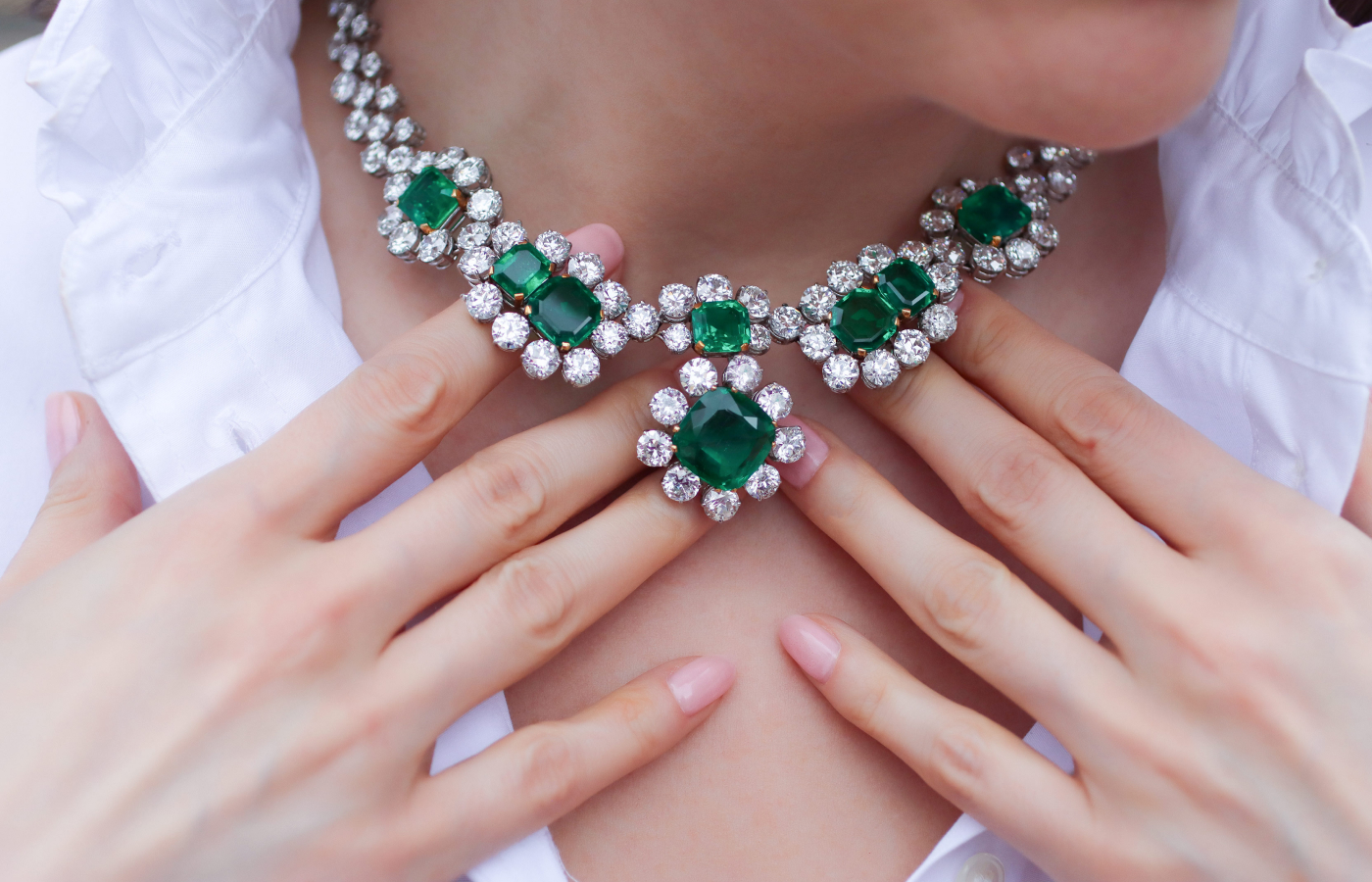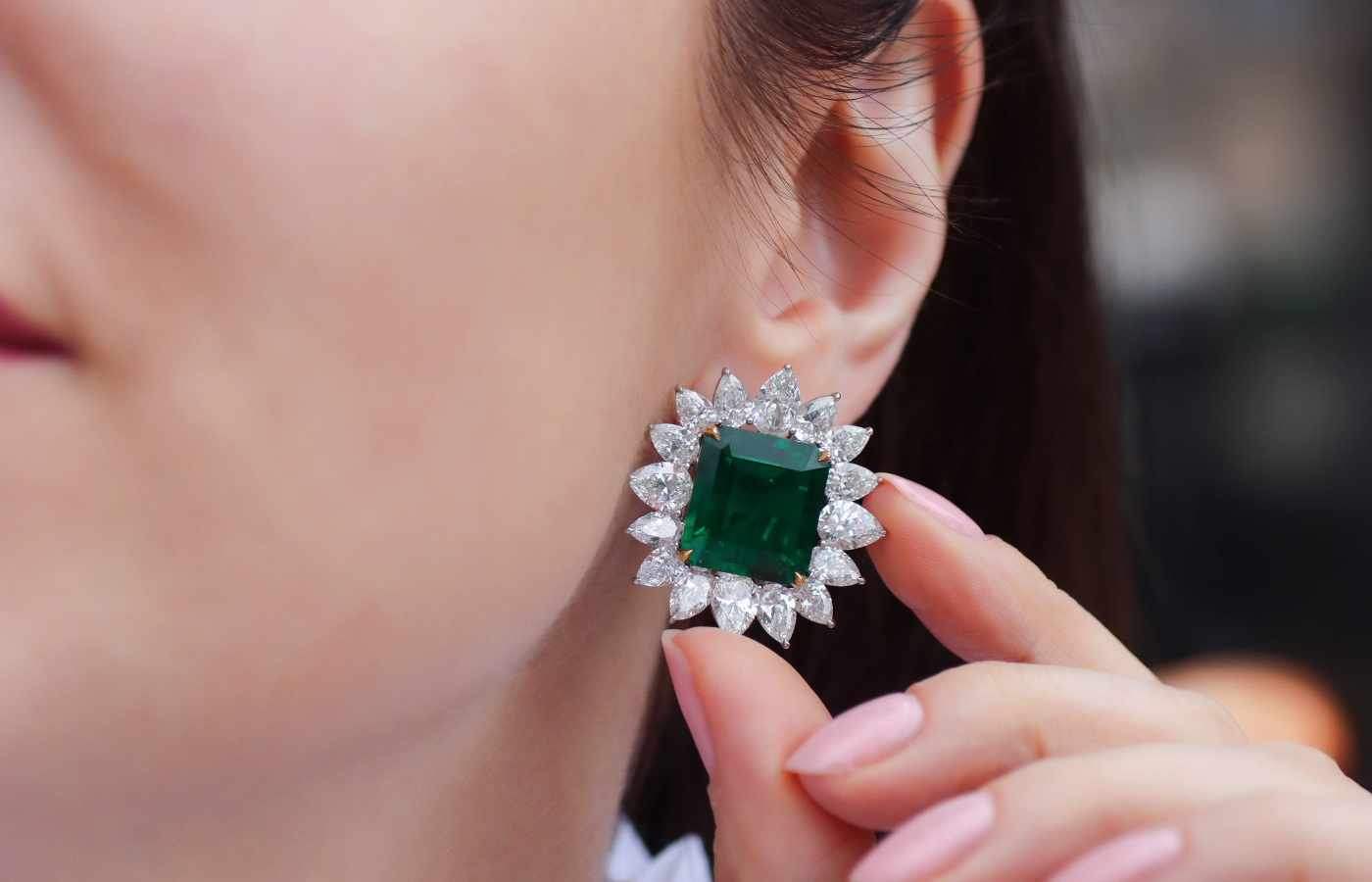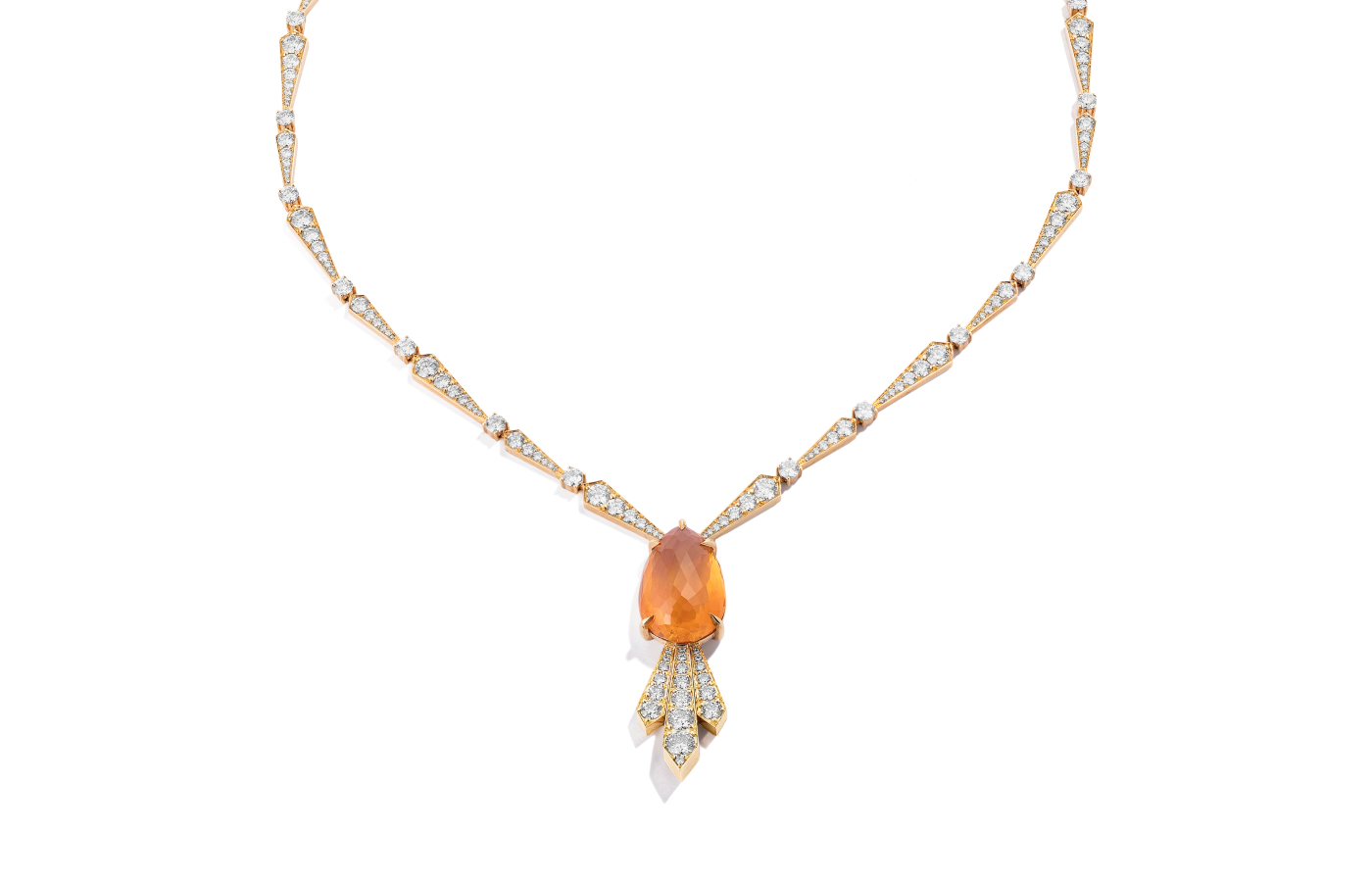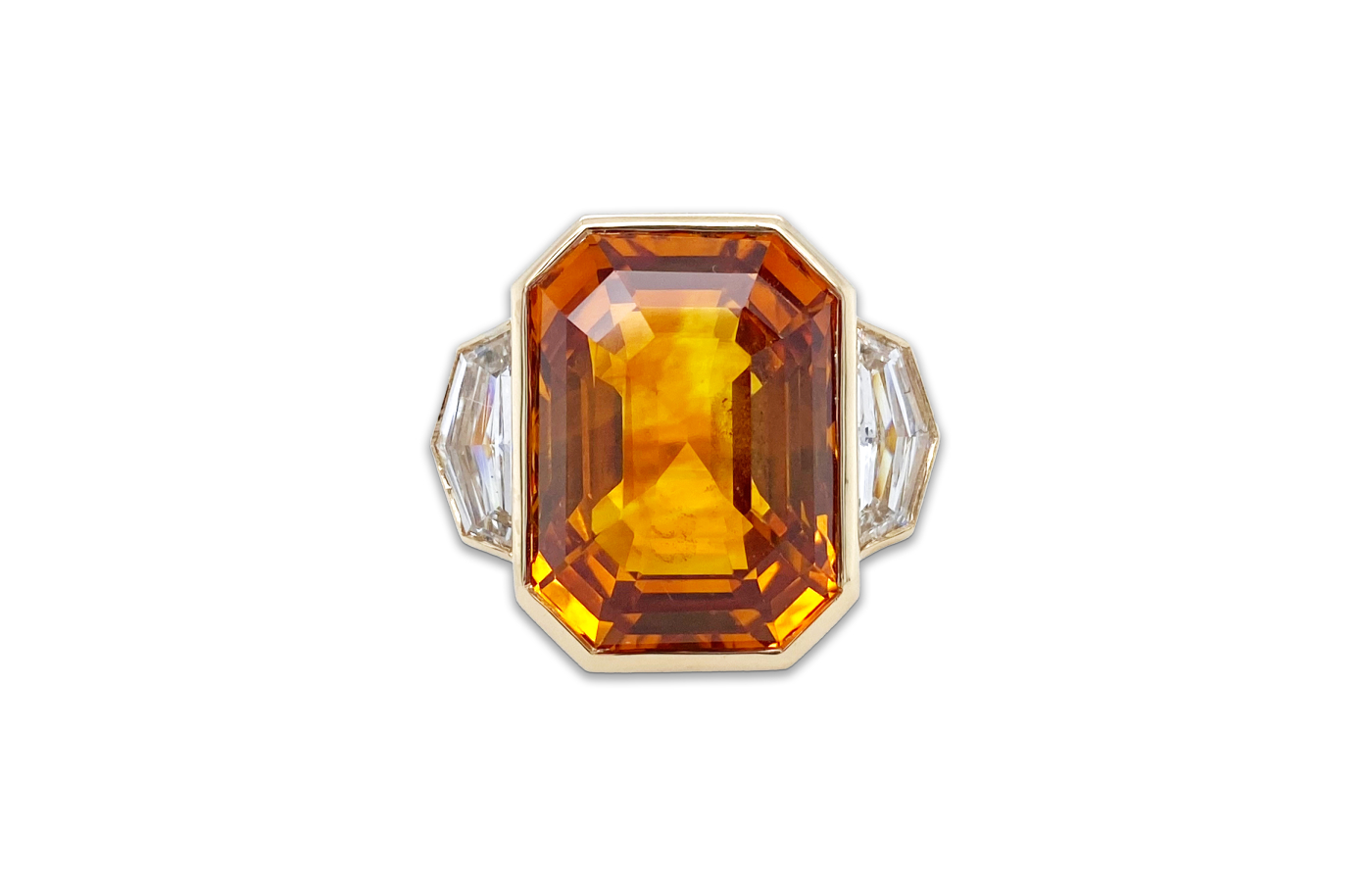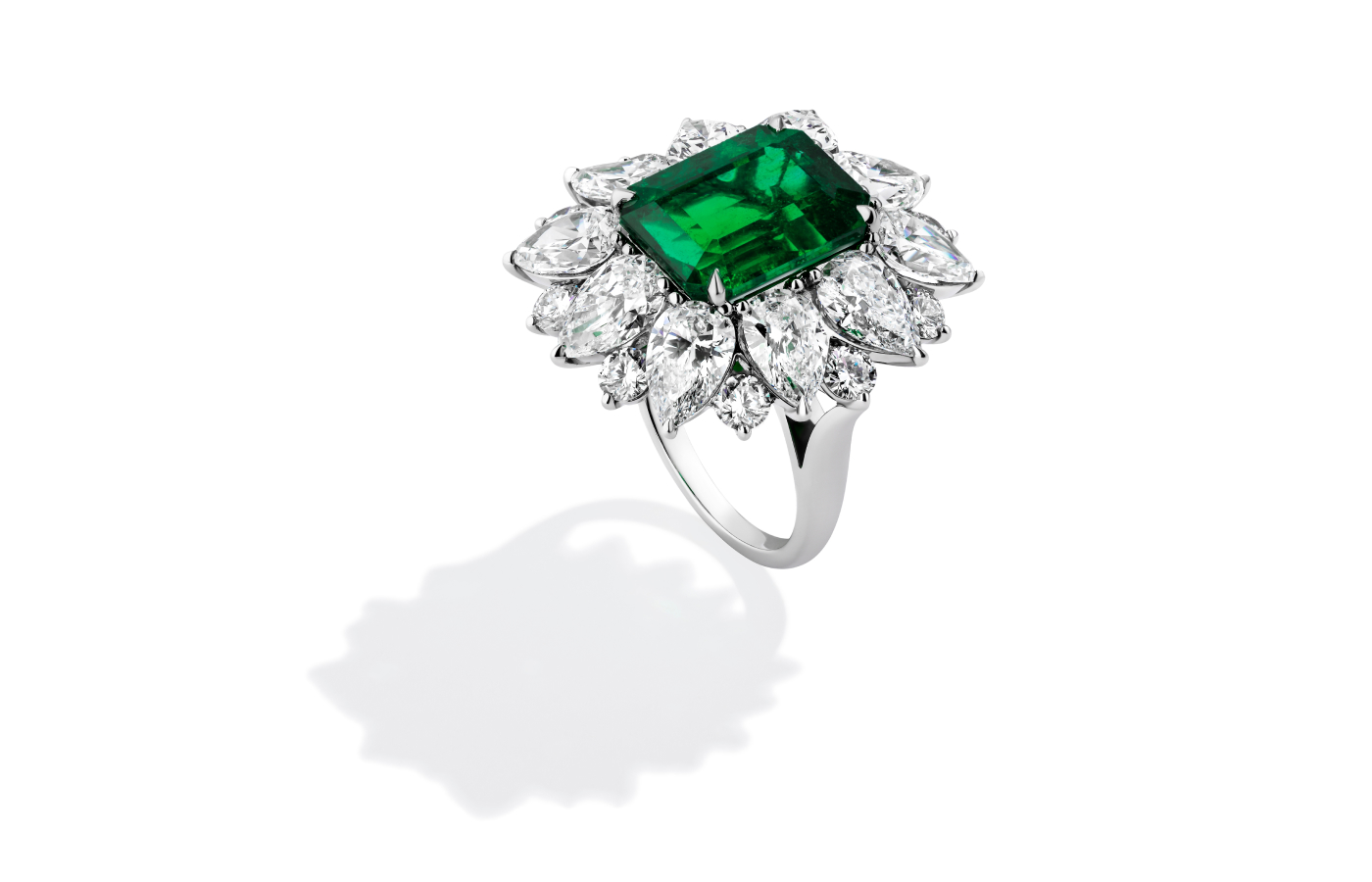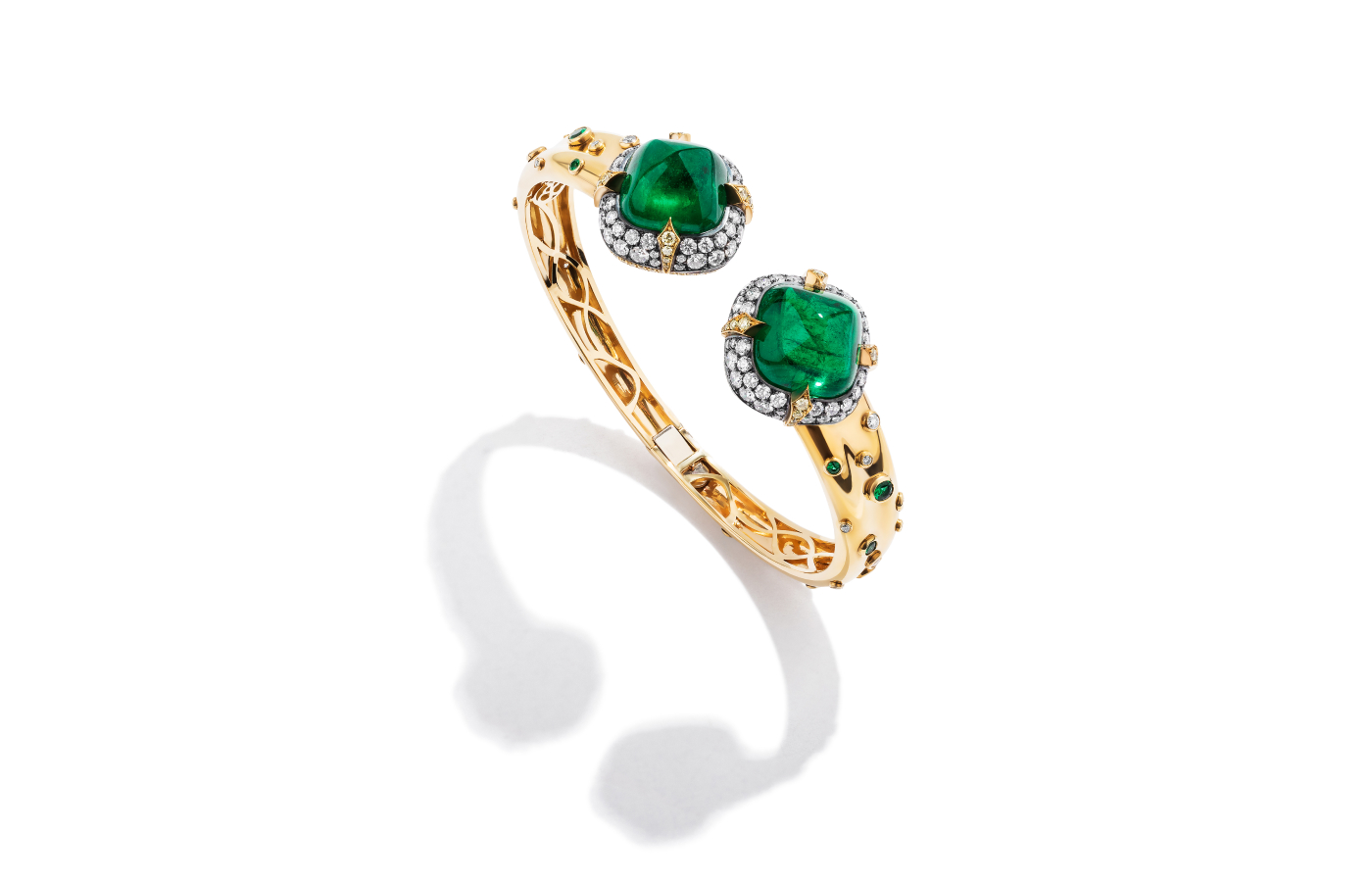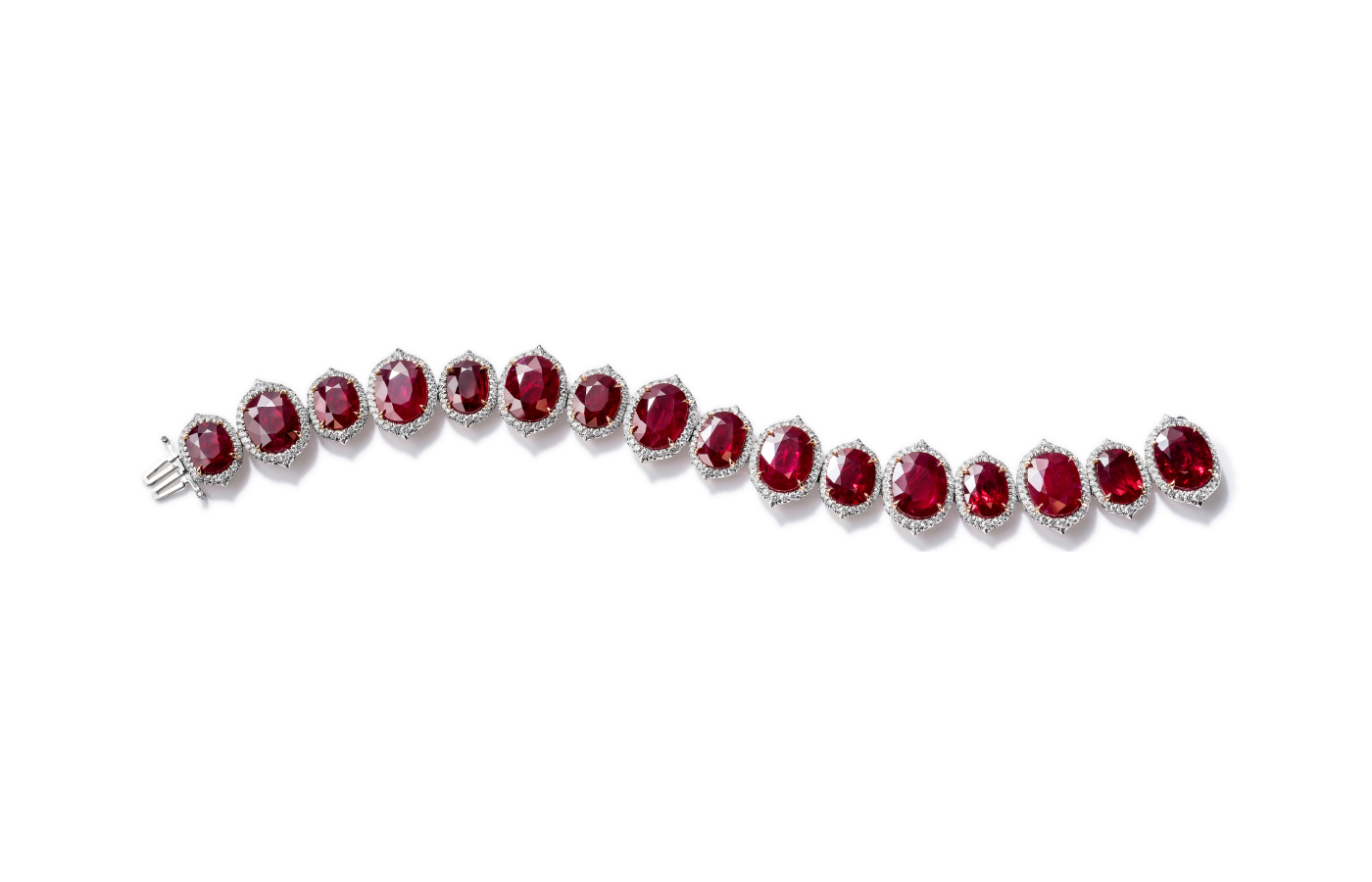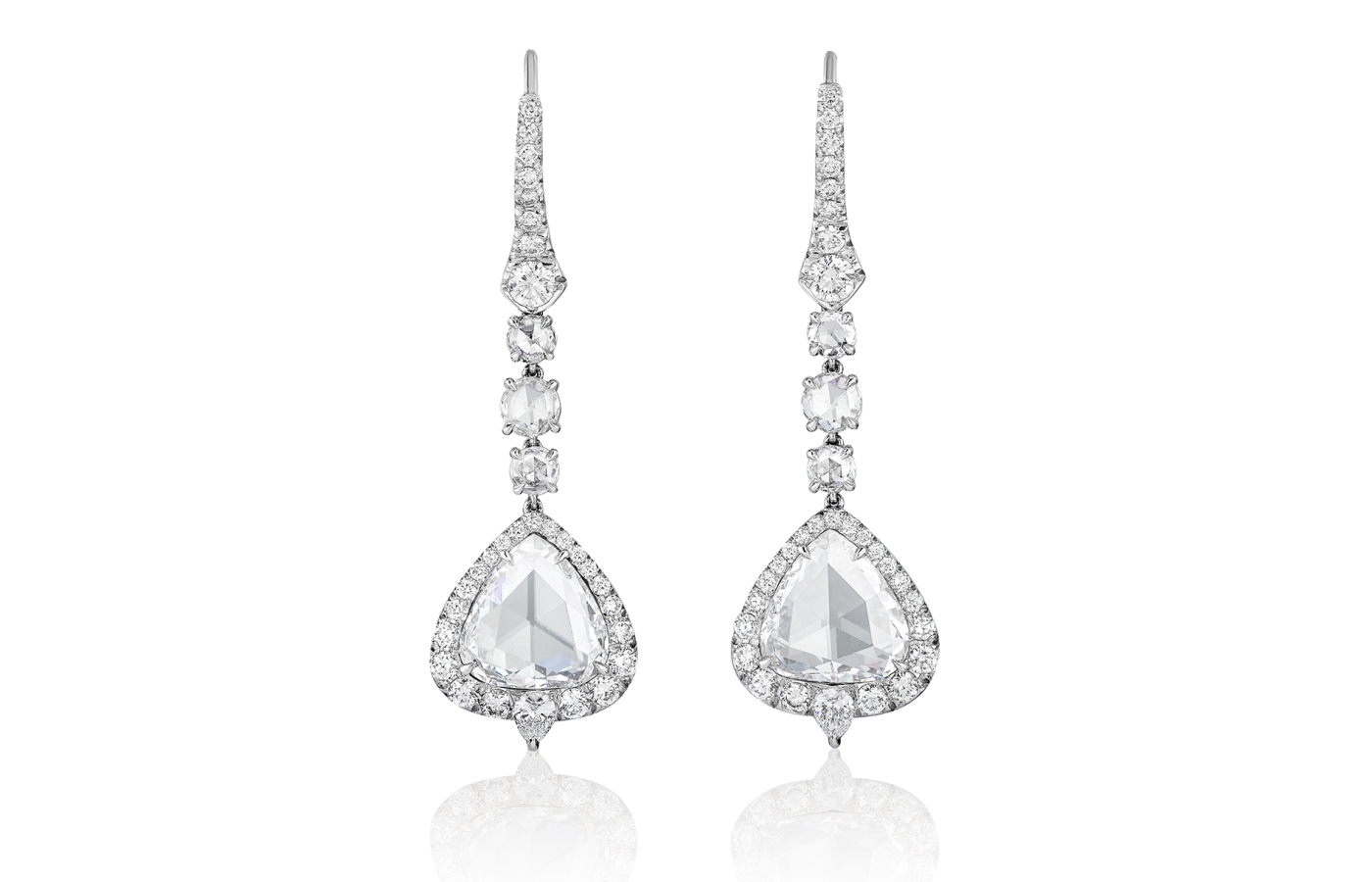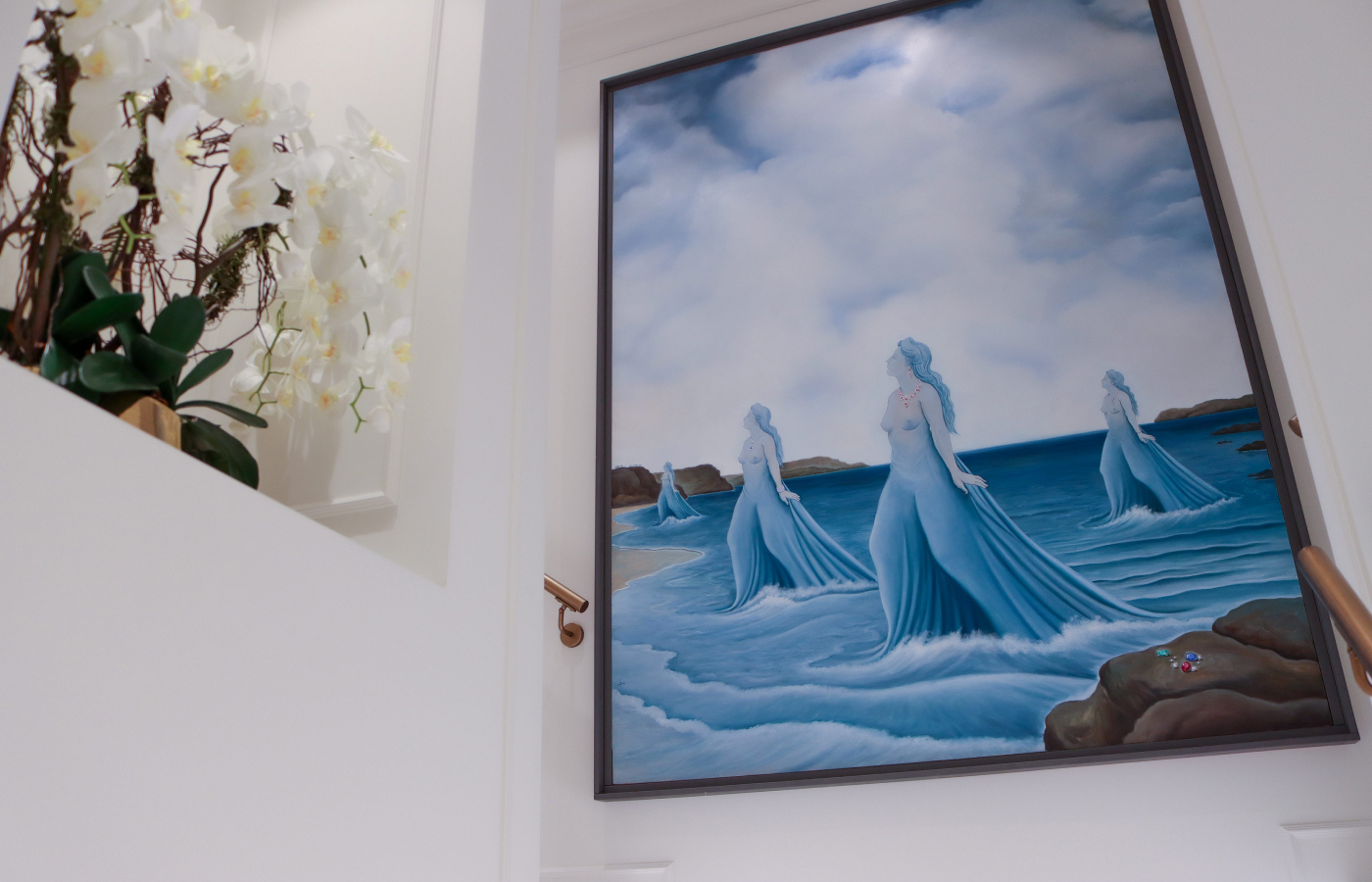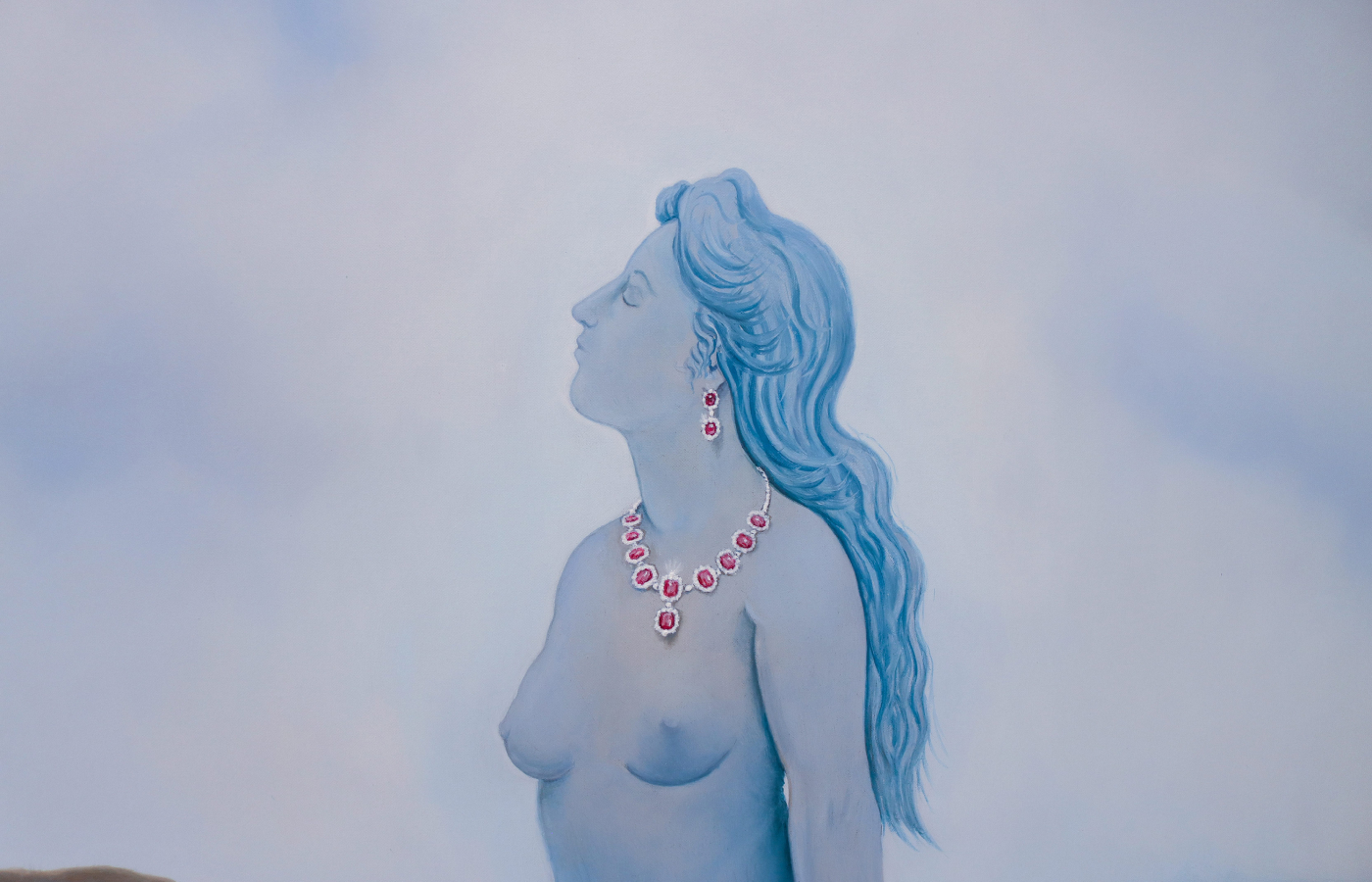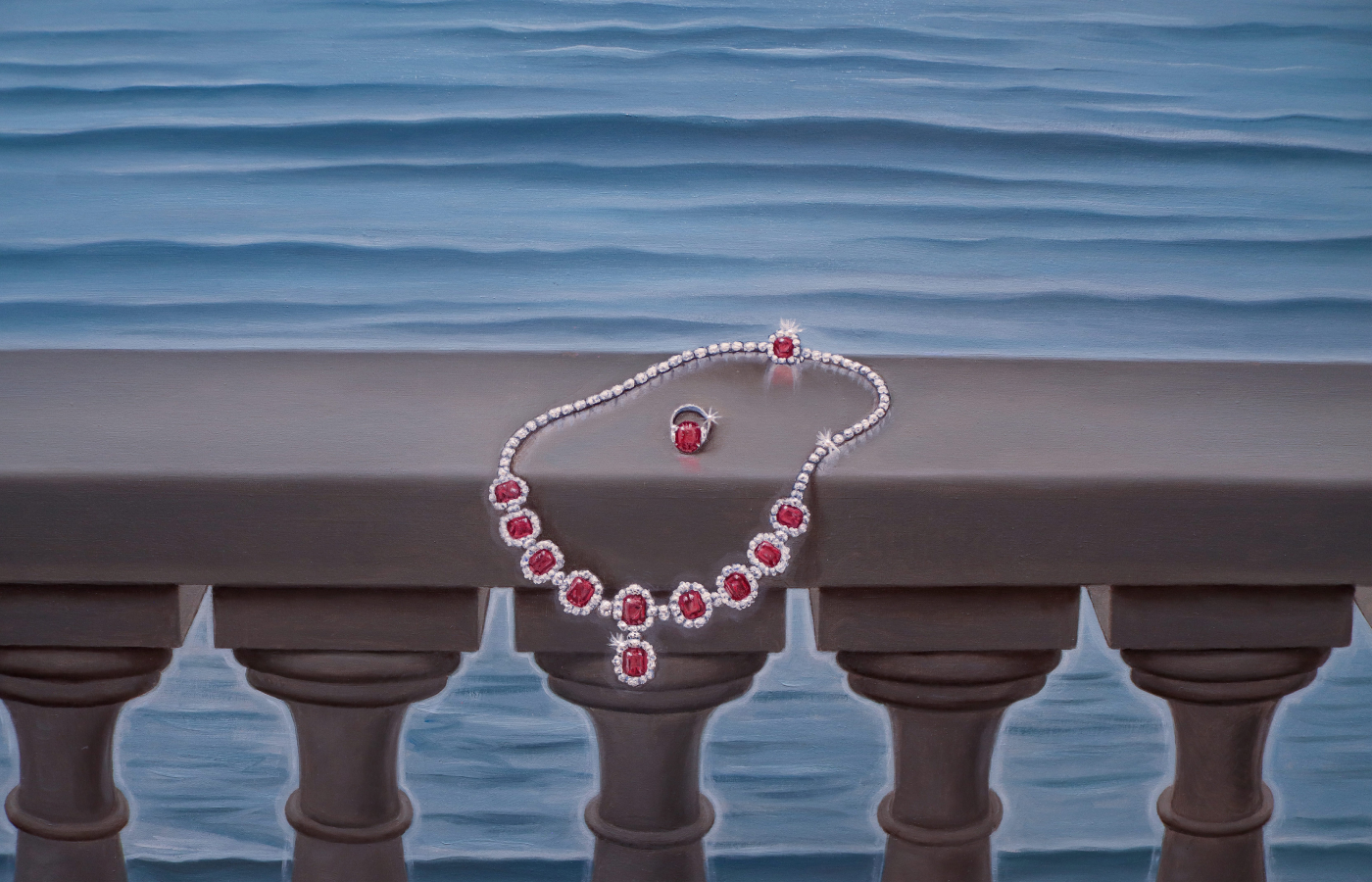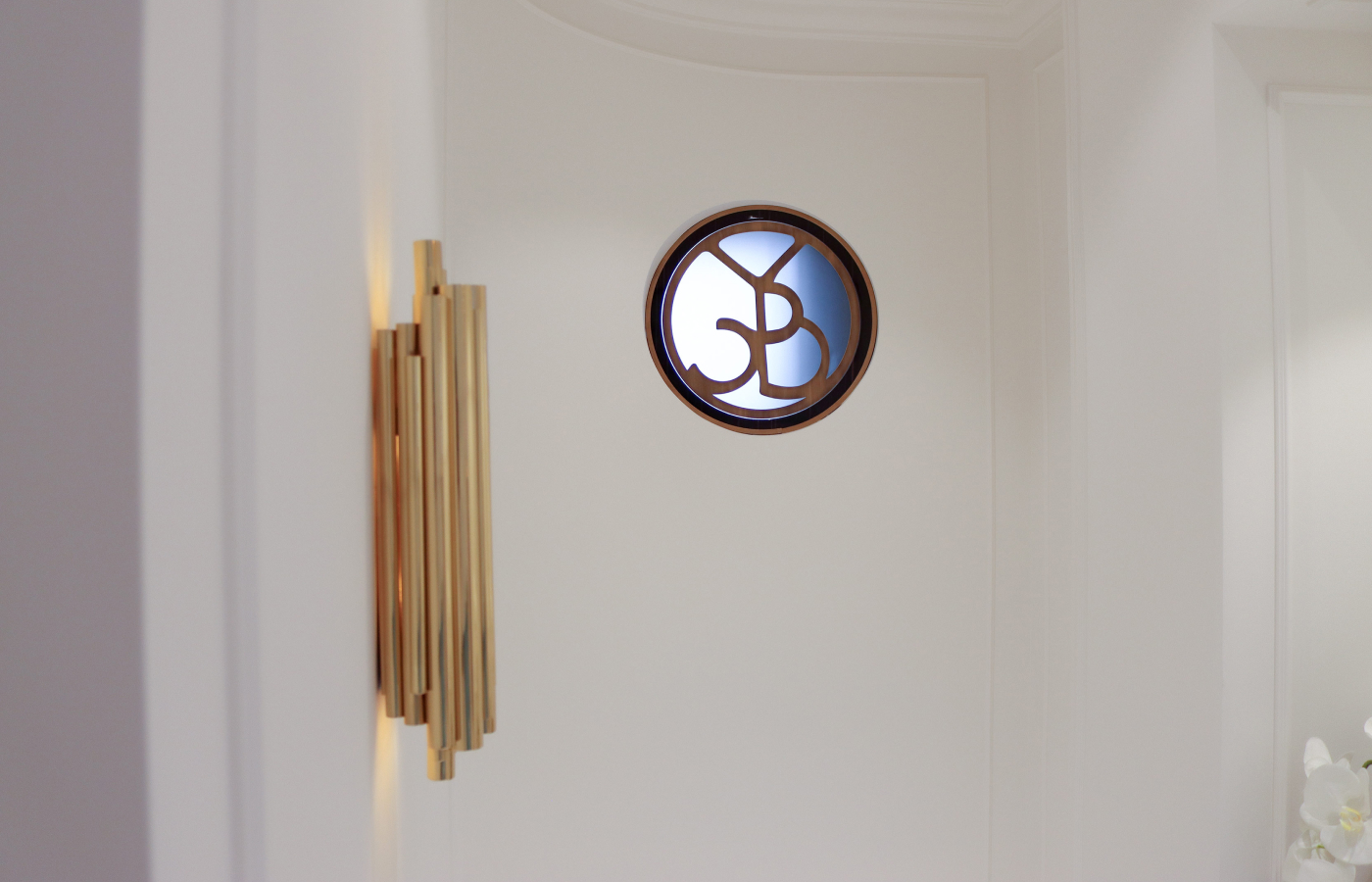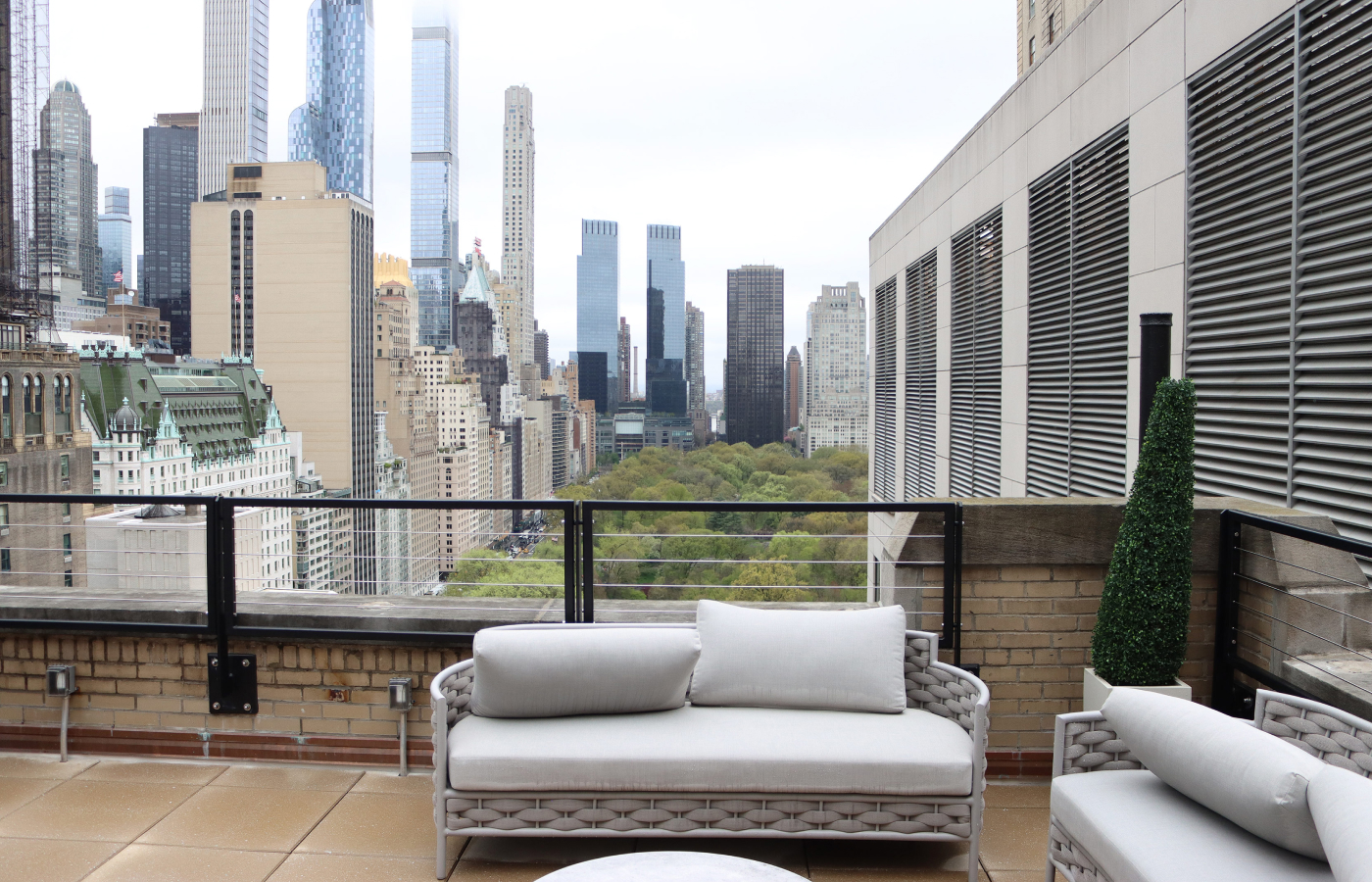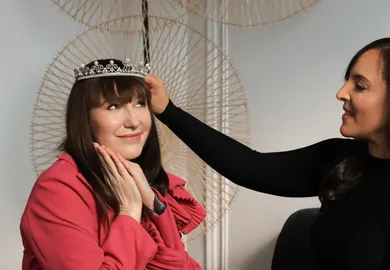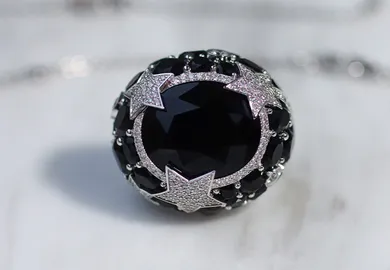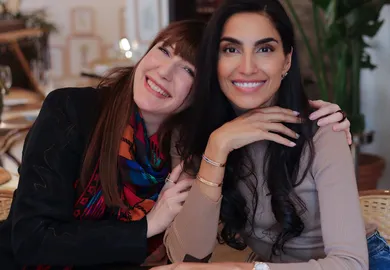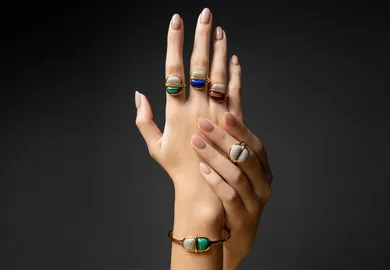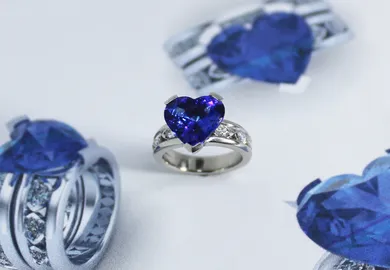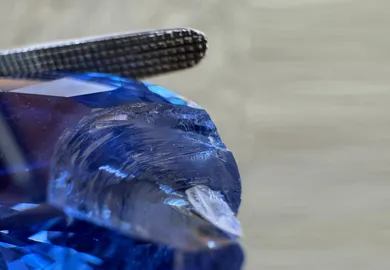
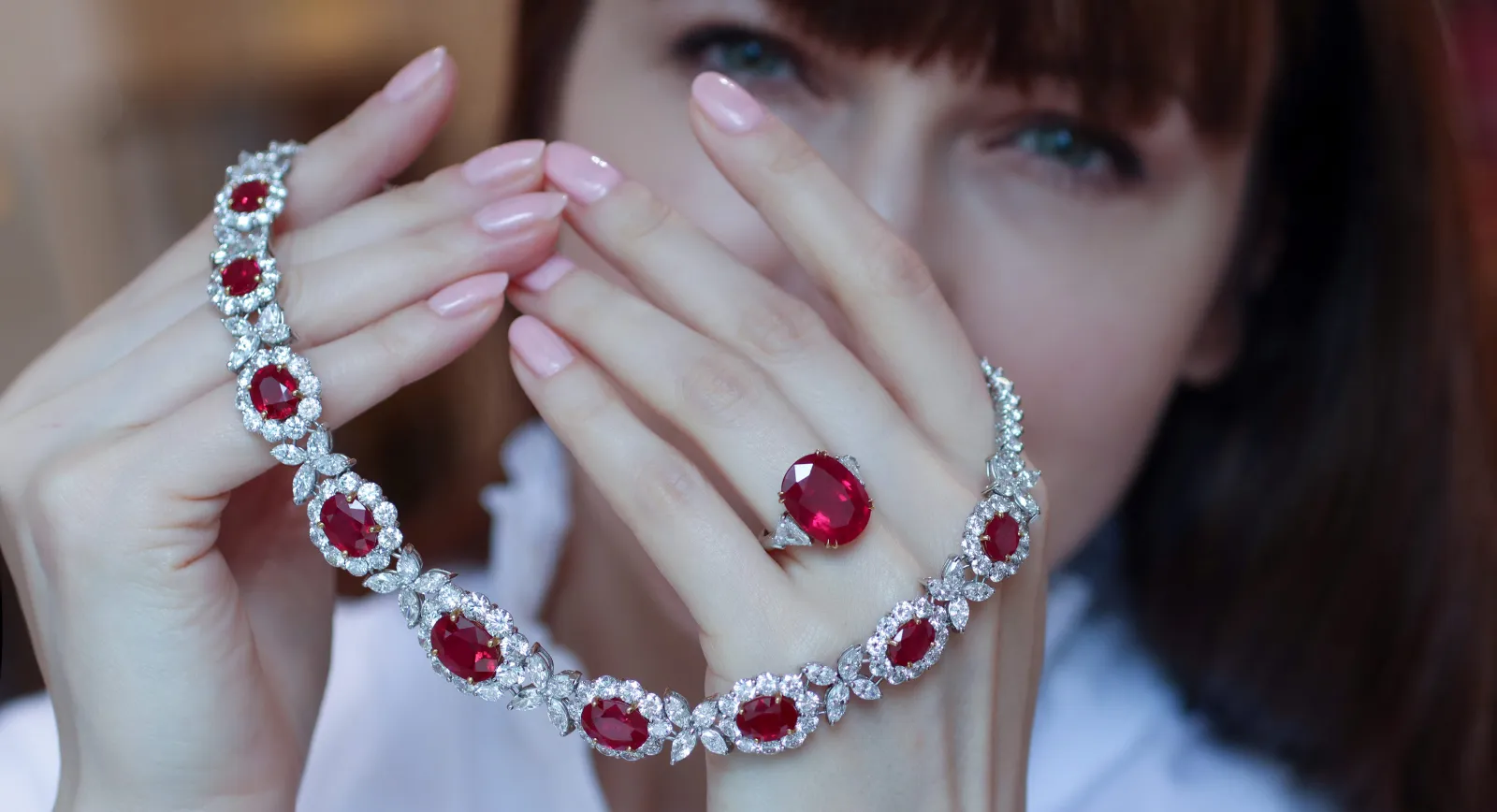
Beauty Revisited: A Conversation with Bayco Jewels 10 Years Later
Bayco Jewels was the first jeweller from New York that I visited in the beginning of career as a jewellery writer. I remember how I visited their office in the heart of the Big Apple and sat down with the company creative director, Marco Hadjibay, to discuss a particularly spectacular emerald and learn more about his family business. A lot has changed in the passing years, so I couldn’t resist the opportunity to stop by the luxurious new penthouse home of Bayco on New York’s Madison Avenue when I was last in the city this April to see what’s new. Our conversation spanned modern-day mining and milestone moments, plus a discussion of the most spectacular minerals to enter (and leave) the Bayco collection. Here are some of the highlights from our anniversary meeting…
Patience is a virtue, or so they say. So many of the anecdotes I hear from Bayco Jewels and Marco Hadjibay are about the art of waiting and the power of time… perhaps this is what separates a traditional jeweller from one founded by a powerful family gemstone business. I will admit that I was impatient to speak to the team at Bayco when I visited New York earlier this year. A quick check of my calendar (and a search of the KaterinaPerez.com archives) revealed that I spoke to Marco in 2013 to discuss a magnificent unenhanced emerald and then a year later I dived into the family’s origin story. Knowing Bayco specialises in sensational emeralds, rubies and sapphires always sparks my curiosity. Who knows what singular stones I will see on each visit? This time was no exception.
Firstly, some essential background. Bayco was founded by Amir Hadjibay, who travelled between Iran and India, trading elaborate Persian rugs for the gemstones he encountered. As his passion for coloured stones flourished, he visited India’s Maharajahs, occasionally acquiring pieces of their famous jewellery collections, including large diamonds, carved emeralds and rubies. Skip forward 25 years, and it was Amir’s sons Moris and Giacomo who decided to continue the Bayco legacy as second-generation gemstone collectors and chief executives. The brothers decided that they would focus exclusively on one-of-a-kind creations, which is now maintained by the third generation: Moris’ sons Marco and Manuel, and Giacomo’s children, Nicole, David, and Sophie. Together they are a perfect example of a flourishing family business.
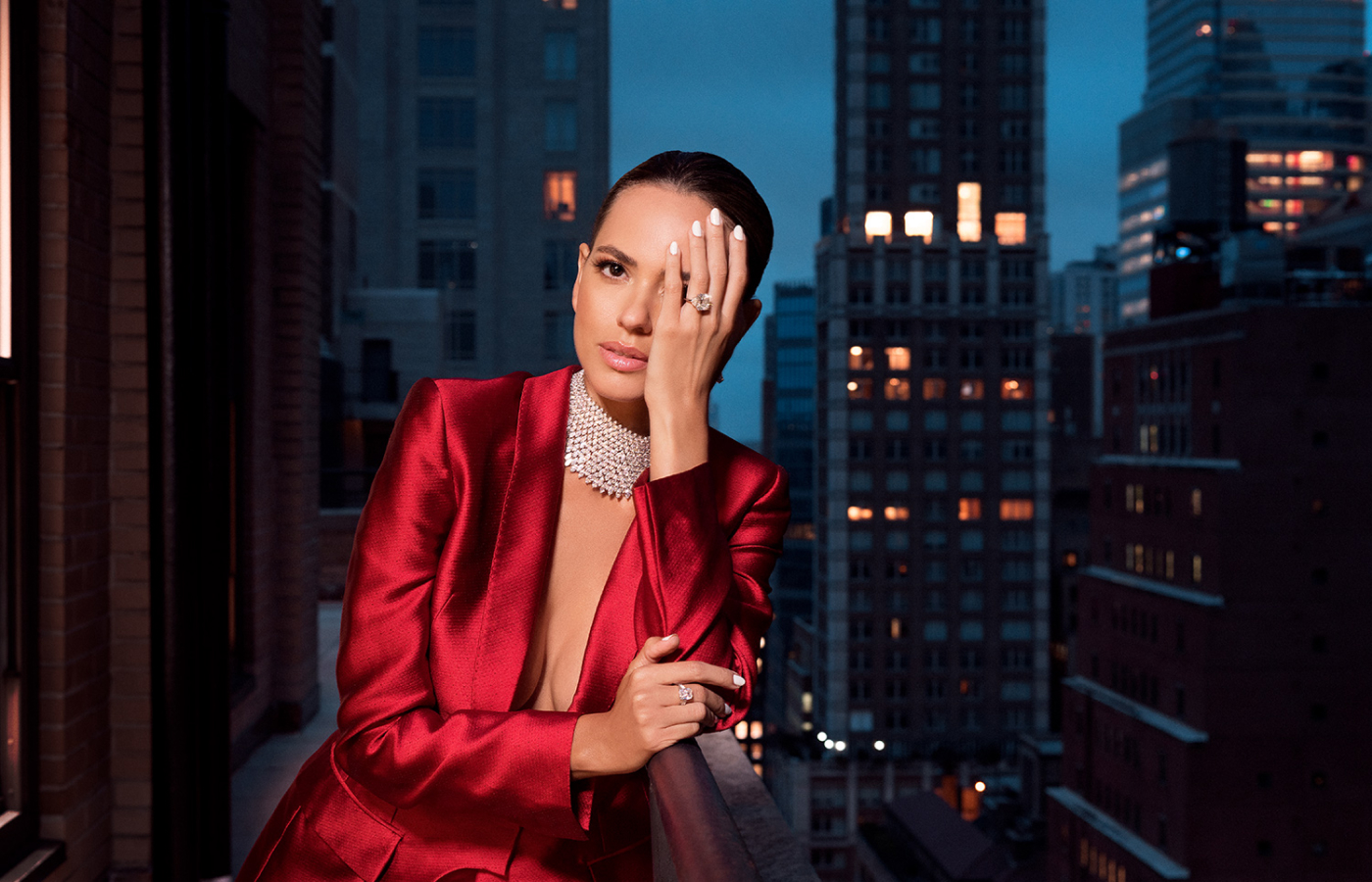
Model wearing a Bayco Choker necklace in white gold set with 218-cts of Marquise-cut diamonds and a ring in platinum set with a 12-ct emerald-cut diamond
There are many facets of the Hadjibay family dynamic that fascinate me, especially their ability to work as a sourcing and design unit, drawing upon each other’s skills, experience and ideas beautifully. In my view, this is what makes Bayco such a remarkable company and the perfect choice when deciding to buy investment-worthy coloured gemstones. Who better to trust than an entire family – a lineage – of passionate gemstone experts, designers and jewellers?
Marco and I had a lot to catch up on after a decade. Interestingly, our conversation started with the virtue of patience, which is fitting considering the time span since the last deep dive into Bayco on KaterinaPerez.com!
Katerina Perez: If you had to give me a snapshot of what the world of precious gemstones looks like now, what would you say?
Marco Hadjibay: In the 20th century, the consumer really didn’t know how rare rubies, sapphires and emeralds were compared to diamonds. But what has been happening over the last 10 to 15 years between the internet, new markets opening and emerging tastes in jewellery is that the consumer is learning just how scarce ruby, sapphire and emerald really are. They want to buy stones, but they can’t find them… and that’s bringing the prices up.
KP: But you have been preparing for this eventuality? Or perhaps I should say that you saw this shift coming and decided to invest in gemstones early on?
MH: Yes, that’s why we buy, we collect, we put aside, and we wait. If you look through history and at all the crown jewels of royalty in Europe, Asia, the British collection, the Russian crown jewels, and the jewellery of the Maharajahs of India, they were all ruby, sapphire and emerald with some rare, coloured diamonds and natural pearls, which are also very valuable. As jewellery became more commercialised, the diamond was the easiest gem to source and therefore to sell. If you go into any jewellery store in the world, they are going to have diamond jewellery, but many don’t have even one important ruby, sapphire or emerald to show you! We believe in the power of these gems, and so, if we are able to buy and put a gem aside for the future, we will do so.
KP: Presumably, you still have gemstones purchased by your father and perhaps even your grandfather?
MH: Absolutely. Some things we will never sell, such as the imperial emerald (a 206.09-carat unenhanced Colombian emerald from the famed Muzo mines). We also have a very fine pigeon’s blood ruby, above 5 carats, but it’s the most beautiful my father has ever seen in his career. When we saw it, we bought it right away! When it was tested by the American Gemological Laboratory (AGL) for certification, they gave it the highest grade on a ruby in their history. For pieces like this, we just keep them aside.
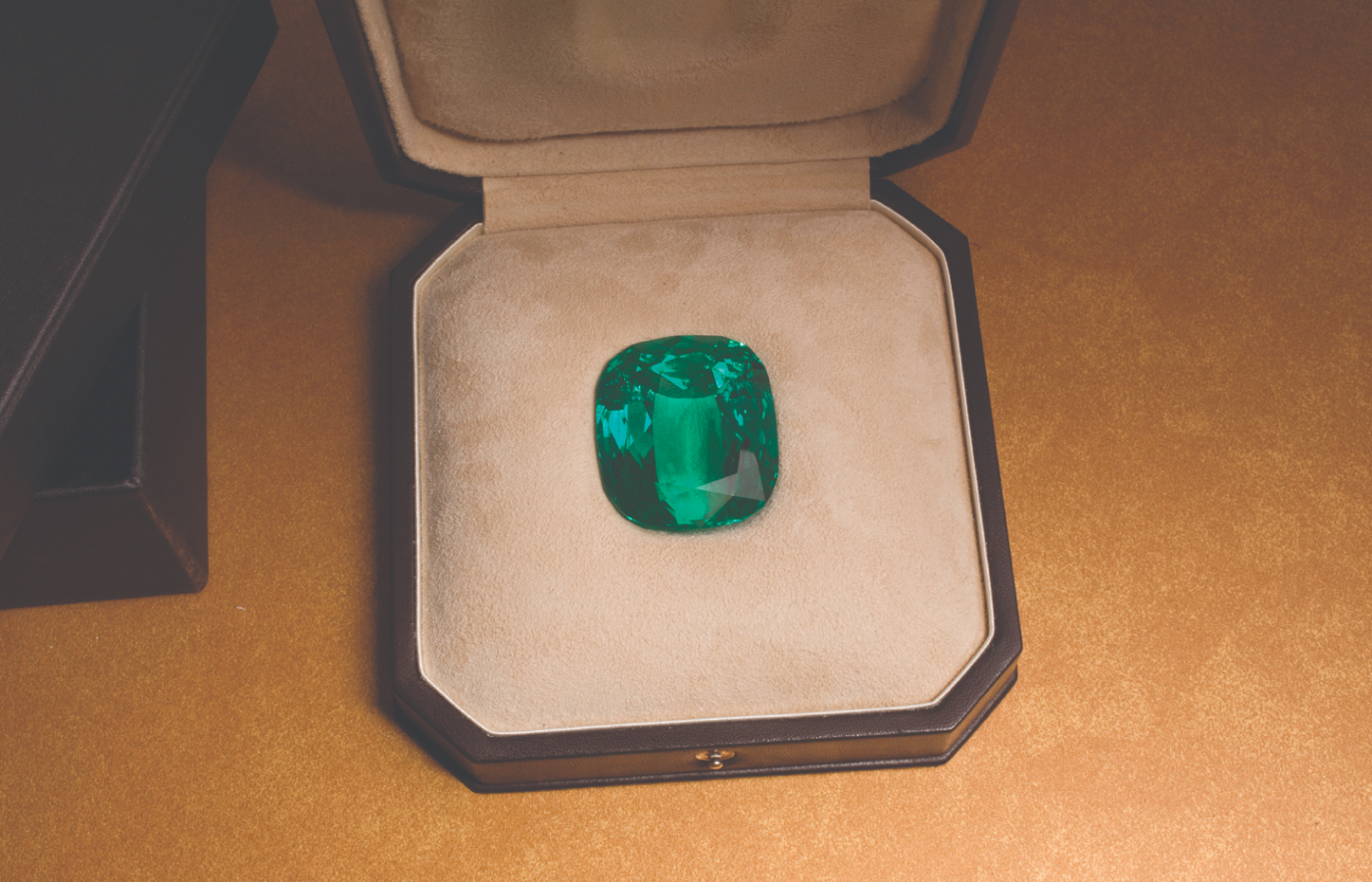
The Bayco The Imperial Emerald – A remarkable 206-ct unenhanced cushion Colombian emerald
KP: Do you have to nurture connections and relationships to ensure you have access to this level of coloured gemstone?
MH: Yes! For example, we have a pair of Colombian emerald earrings, which are very rare. We bought the stones a few years ago – someone in Colombia called us and said that there was ‘something of your quality’ coming out of the ground, and we bought the material right away and put it aside. More examples include an Old Mine Colombian emerald ring, which we bought from a private individual who had the stone in his family for perhaps 30 years, and a beautiful necklace with a Gübelin certificate that we acquired from an Italian family. My dad made an offer over the phone, sight unseen! Sometimes, you have to take a risk; these opportunities don’t come around very often!
KP: You mention ‘Old Mine’ emeralds – in your opinion, are these specimens still superior, or can gems found today rival their beauty?
MH: Old Mine stones are superior, in my opinion. The problem today is the way that emeralds are mined, which is not like the way they were mined in the past. Four hundred or five hundred years ago, it would have been a man with a pickaxe and shovel going at the edge of a mountain, extracting crystals by hand. Today, they are using drills and dynamite, and every vibration can cause microfractures in the rough, so when you go to cut a piece, it is not as clean or vibrant. The colour might be beautiful, but the clarity is not as good.
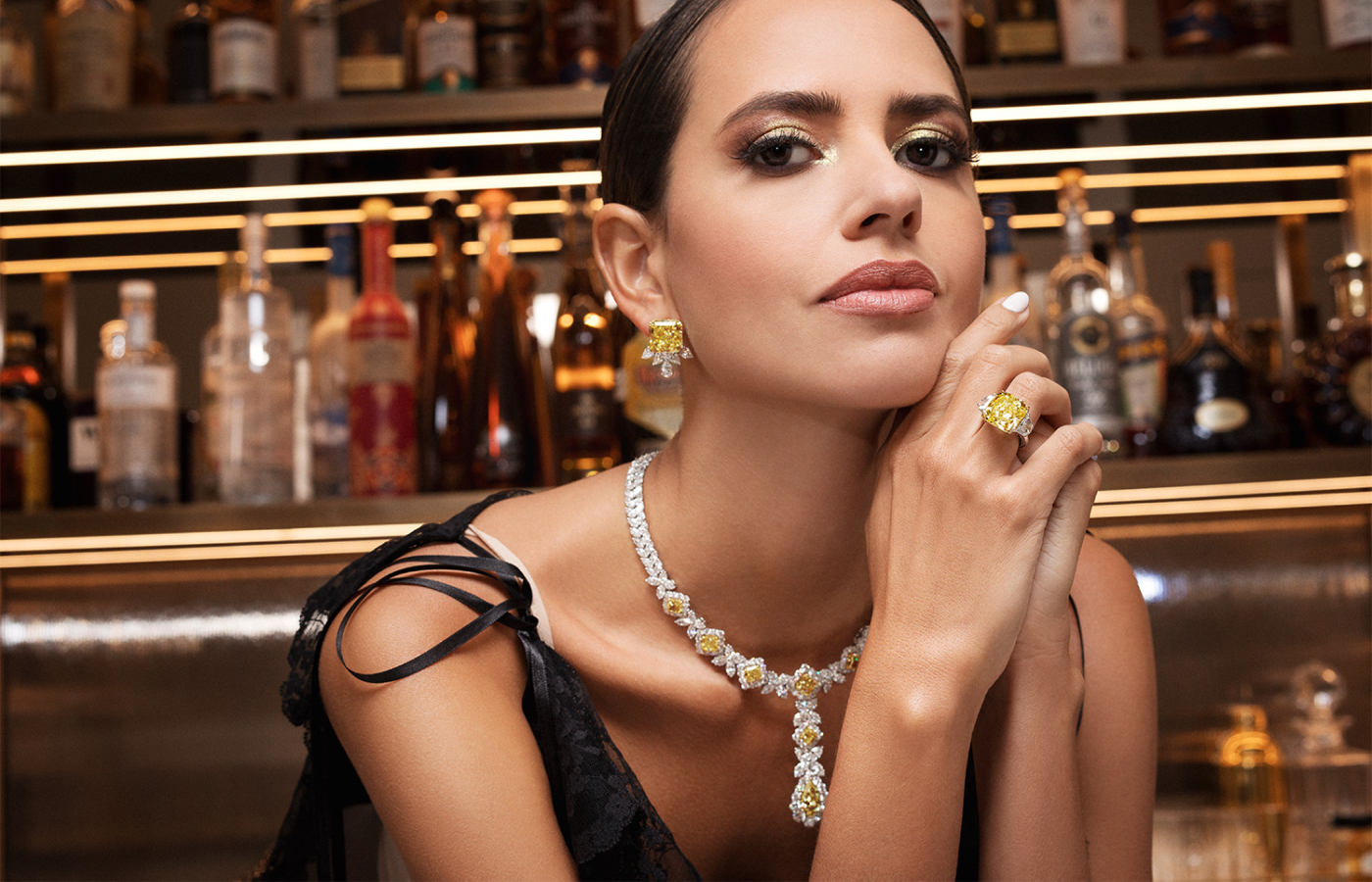
Model wearing Bayco ring in platinum and gold set with a 13-ct fancy yellow diamond and diamonds, a necklace in platinum and gold set with 23-cts of fancy yellow diamonds and 52-cts of diamonds and a pair of ear clips in platinum and gold set with a 31-ct pair of fancy intense yellow diamonds
KP: Aside from the changes in the industry and mining, what has changed at Bayco – what have been the developments for your family business?
MH: It’s always an evolution when you’re in a family business. We are in a transition phase from one generation to the next; my father and uncle always had a focus on more classic jewellery because that’s where the demand was, but when we came into the business, the third generation, we started branding and expanding into different markets to reach the next phase of clients – the women today who are in their thirties, forties and fifties. We started designing things that still have a classic feel but are more avant-garde, such as our Lotus collection, which is very edgy. We have clients wearing important pieces of jewellery with jeans and a t-shirt during the day! We have a client who purchased a beautiful Riviera necklace of Ceylon sapphires, which she loves because it pairs well with jeans and still looks lovely for a cocktail event. The one constant thing for all three generations, however, has been our devotion to quality and our search for the rarest gems. That’s the common thread.
KP: I know your entire family works as a team, but is there one of you who takes the lead on design? Or is it a complete collaborative effort?
MH: It’s funny you ask because you’re right; most companies have a designer. We do things backwards! First, we find the stones because we never know what we are going to discover. We buy gems because we love them, and then we sit, maybe once per week or every two weeks, and, based on what we’ve acquired, we have a family meeting and start playing with the gems and decide what to do. It’s a team effort because everybody has input and adds little nuances or details that make it a truly one-of-a-kind piece. When you have more minds, that’s how it goes.
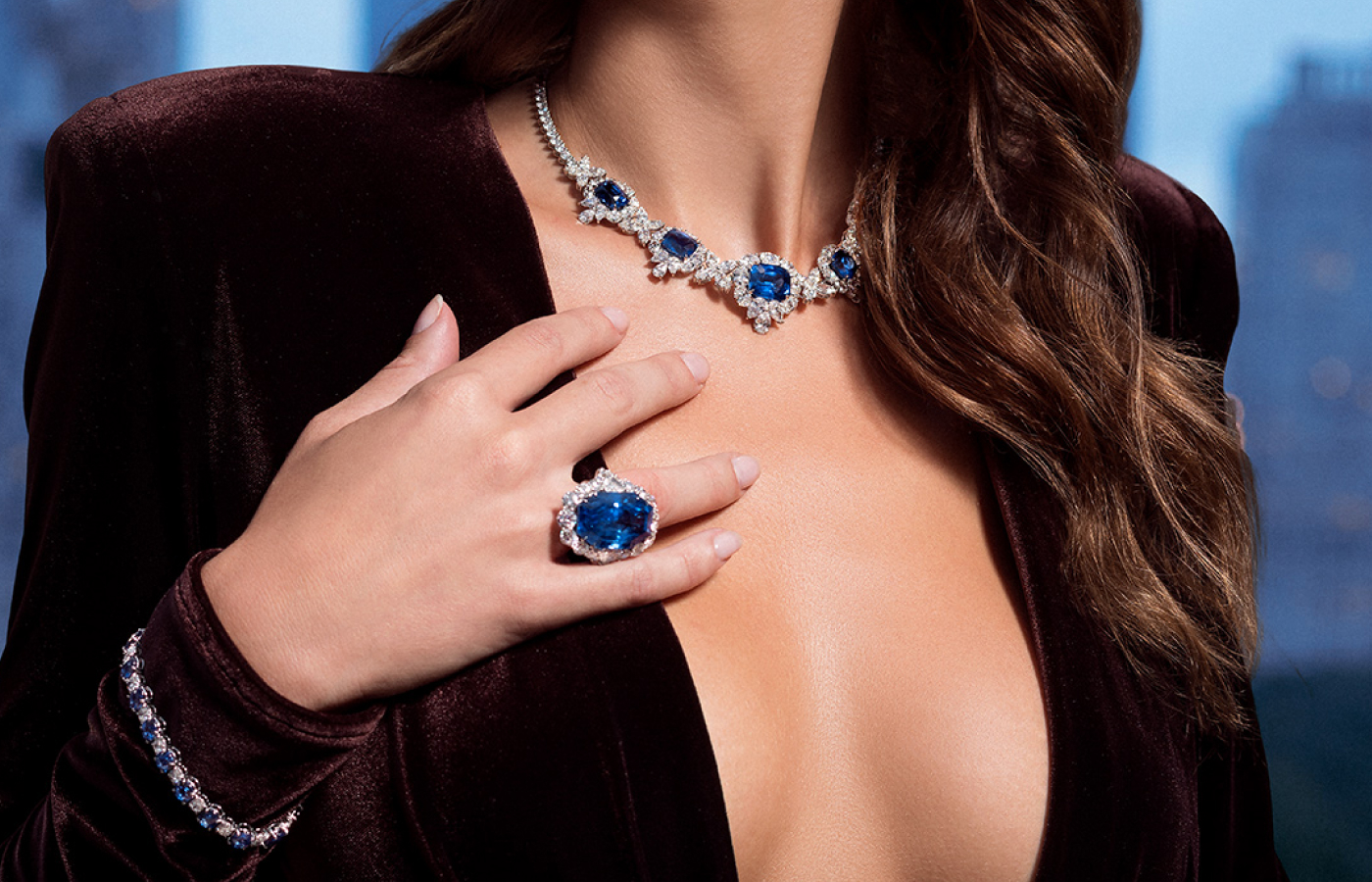
Model wearing Bayco The Mediterranean Blue suite, including a ring in platinum set with a 46-ct emerald-cut Ceylon sapphire and diamonds and a necklace in platinum set with 43-cts of cornflower blue Ceylon sapphires and 42-cts of diamonds
KP: I can’t imagine there are many businesses out there right now that operate in quite the same family-orientated way as Bayco! Am I right in thinking there are seven of you now?
MH: Yes, we’re a team of seven, and that’s just those of us from the Hadjibay family. We are very fortunate, and you’re right, this is not common anymore… especially as we all get along! We have a vision that is aligned, and each person knows what he or she must do to make the teamwork as a whole. I will give you an example: Recently, we bought a beautiful cabochon emerald, and we had just finished a ring with a sapphire in brushed platinum with polished rose gold prongs. I thought the emerald would look amazing in the same mounting. We sat at a production meeting, and I made this suggestion, and three other people turned around and said, ‘That’s funny, I was thinking the same thing!’ That’s just how it goes at Bayco.
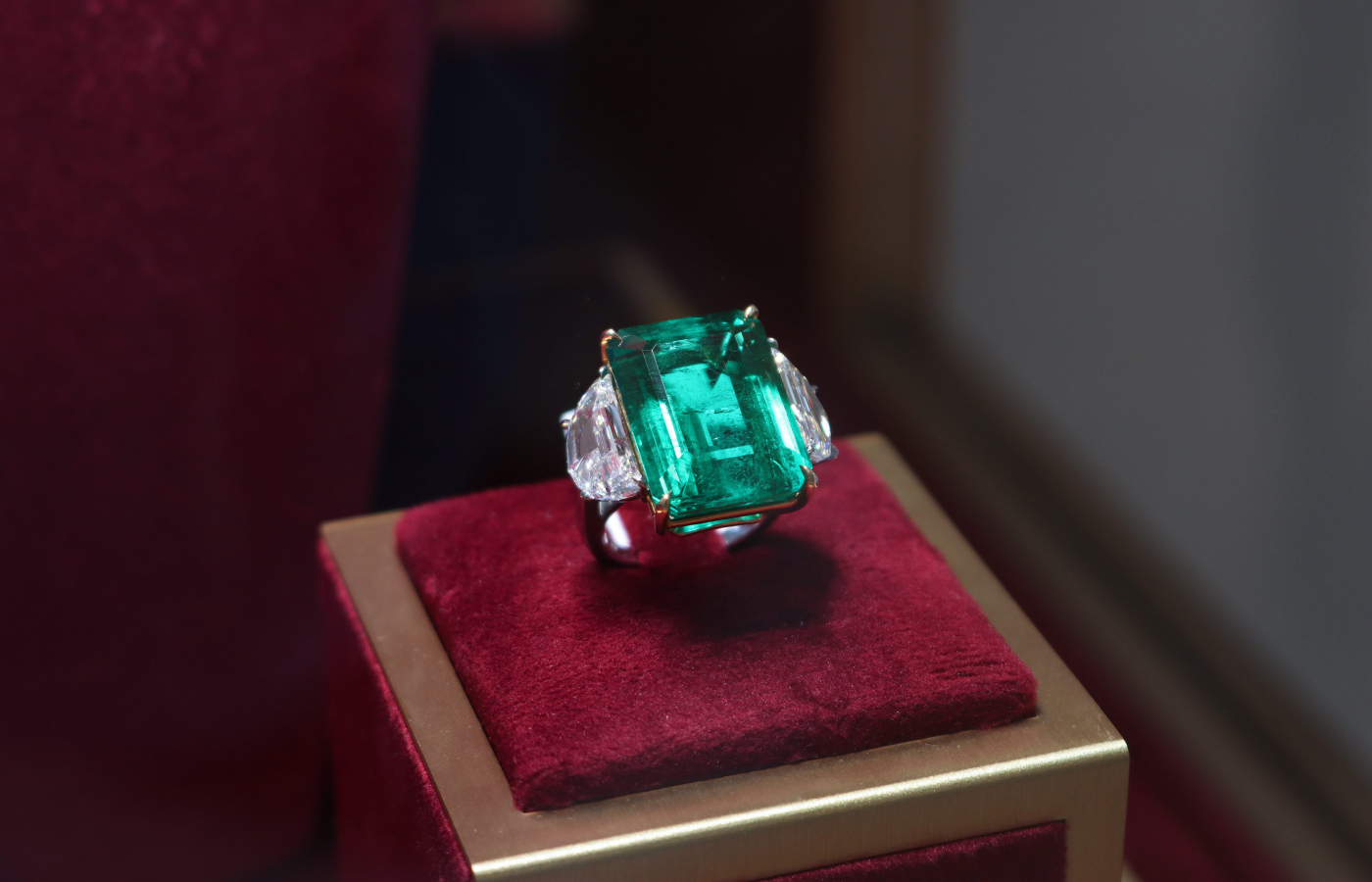
Bayco The Conquistador Emerald ring in platinum and gold set with a 23-ct unenhanced old-mine Colombian emerald and diamonds.
KP: You also moved into The Penthouse on Madison, which is your new showroom in New York City. What can you tell us about this fantastic new home for Bayco?
MH: Our goal is to create an experience for the client. We produce some of the best jewellery in the world, so we wanted to create a home for that jewellery that is of the same level. The Penthouse is a private space, away from the rest of the world, and if somebody comes here, they have the opportunity to see things they won’t find elsewhere. I believe we are one of New York’s best-kept secrets.
KP: Speaking of pieces you won’t find elsewhere, can you tell us about some of the most important stones you’ve purchased or fashioned into jewellery over the past decade?
MH: The Imperial Emerald, largely because of its history and how long it took my family to acquire it. My grandfather waited 40 years for this stone, and it is still the most important gem that we have acquired. Besides that, we recently secured a spectacular 65-carat square cushion-shaped Ceylon sapphire, unheated, in a deep royal blue. It was just perfect! We originally thought of making a necklace because it is such a big stone, but my father believed it should be the ultimate sapphire ring. We placed it in a ring with two big baguette diamonds on each side, and it is a beautiful, elegant ring for someone with the confidence and means to wear it.
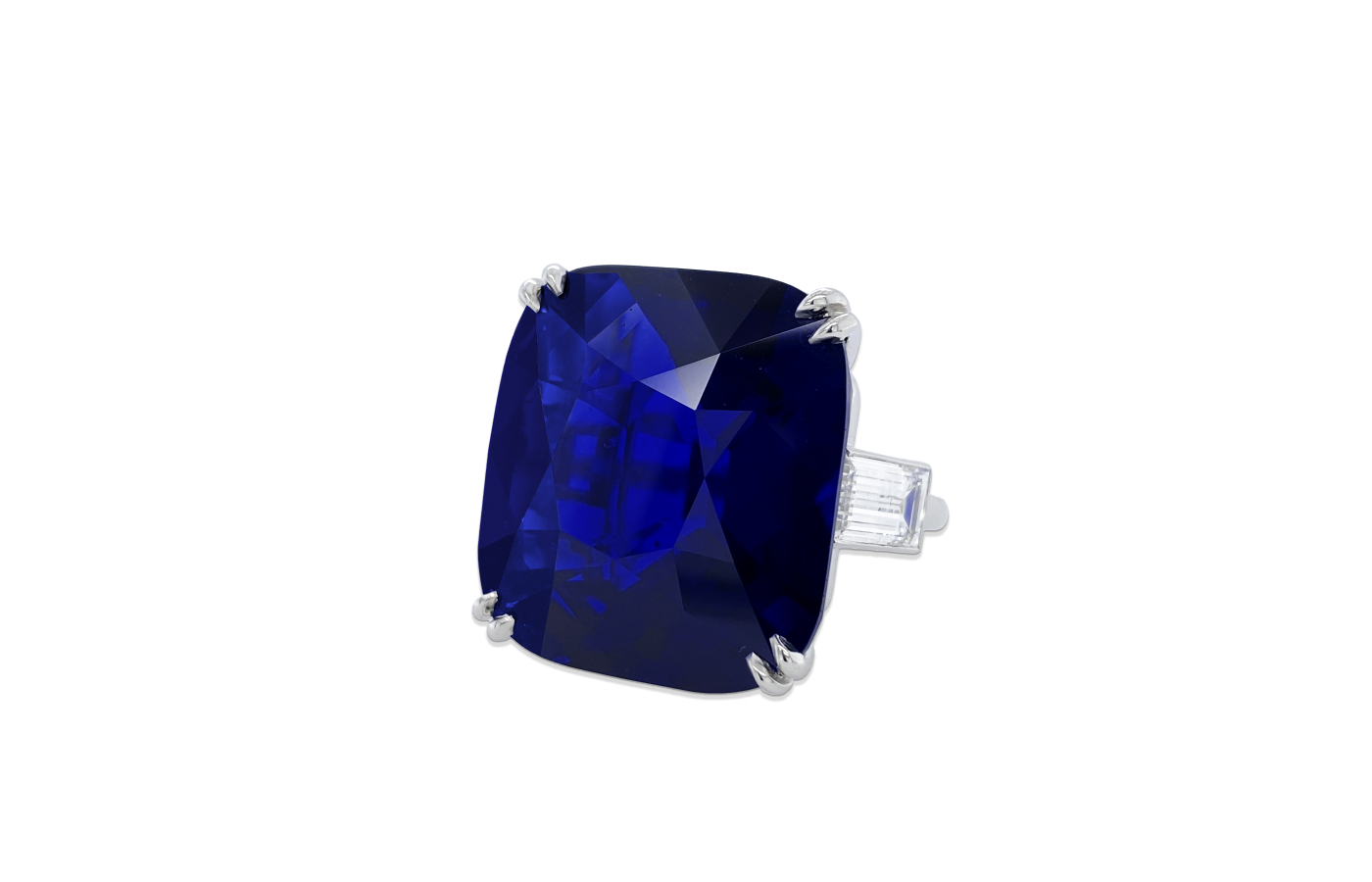
Bayco ring in platinum set with a 64-ct royal blue Ceylon sapphire and diamonds
Last year, we purchased a 6.5-carat pigeon’s blood ruby, an old stone from East Africa. It looked synthetic, but it was natural, unheated, clean and full of life. We made a beautiful ring with it. What made this gemstone extra special is that it was an emerald-cut ruby. As you know, rubies are often highly included, so with an emerald cut, you can’t hide these imperfections, which is why they are typically cut into ovals. An emerald cut of this size is really something special. Finally, two or three years ago, we bought a really special Paraiba tourmaline of seven carats, loupe-clean and no heat!
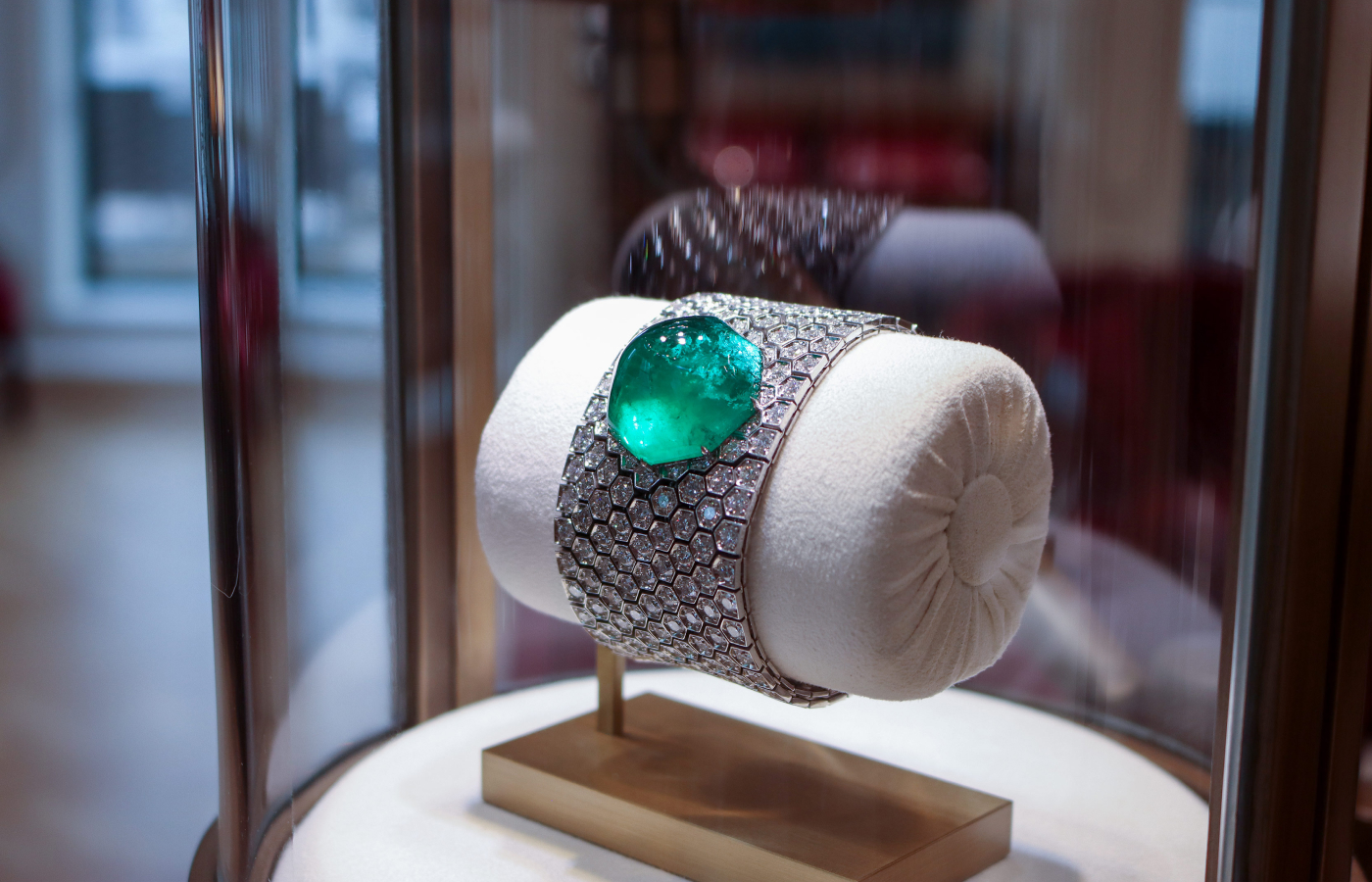
Bayco bracelet in platnium set with a 72-ct octagonal cabochon Zambian emerald and 41-cts of diamonds
Bayco exudes confidence and commitment to nature’s most exquisite minerals, which is why the brand will always be on my ‘must-visit’ list when travelling to New York City. There’s something special about a family working together to make pieces that stand out among a sea of precious jewels while also buying individual gemstones that capture the imagination and meet their high standards for quality. Long may the Bayco reign continue… and perhaps let’s do another interview in 2034!

WORDS
Katerina Perez is a jewellery insider, journalist and brand consultant with more than 15 years’ experience in the jewellery sector. Paris-based, Katerina has worked as a freelance journalist and content editor since 2011, writing articles for international publications. To share her jewellery knowledge and expertise, Katerina founded this website and launched her @katerina_perez Instagram in 2013.
